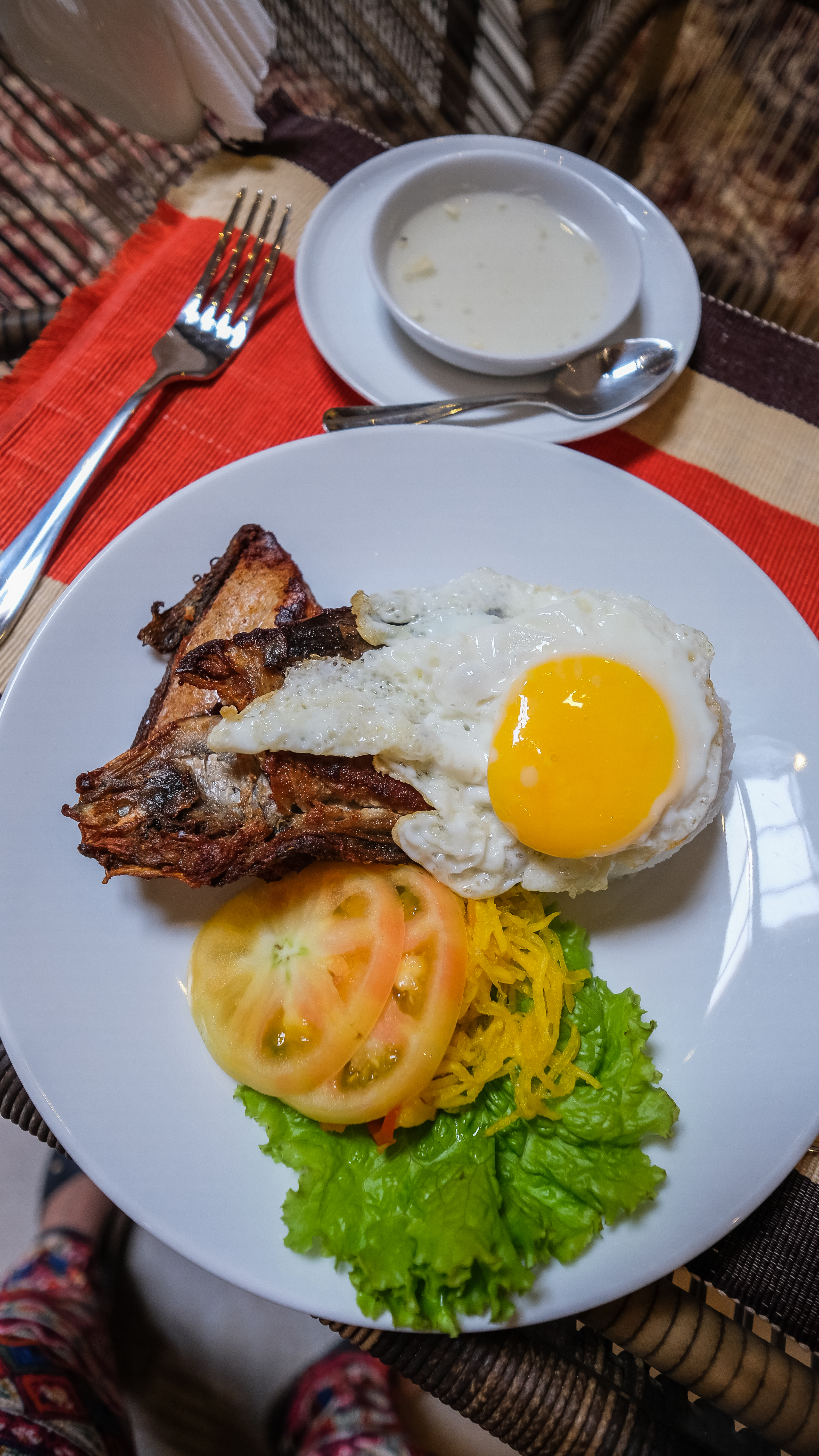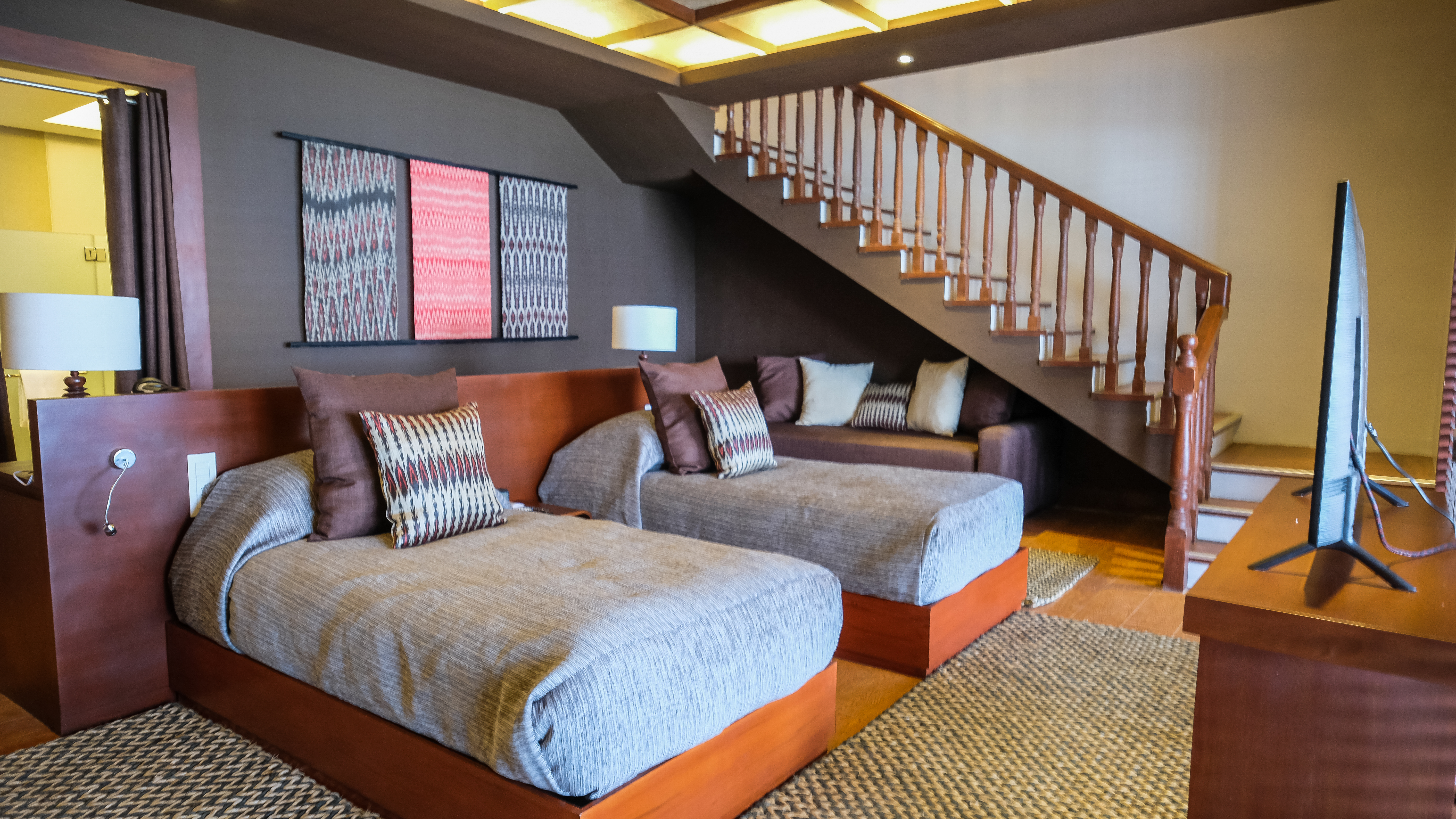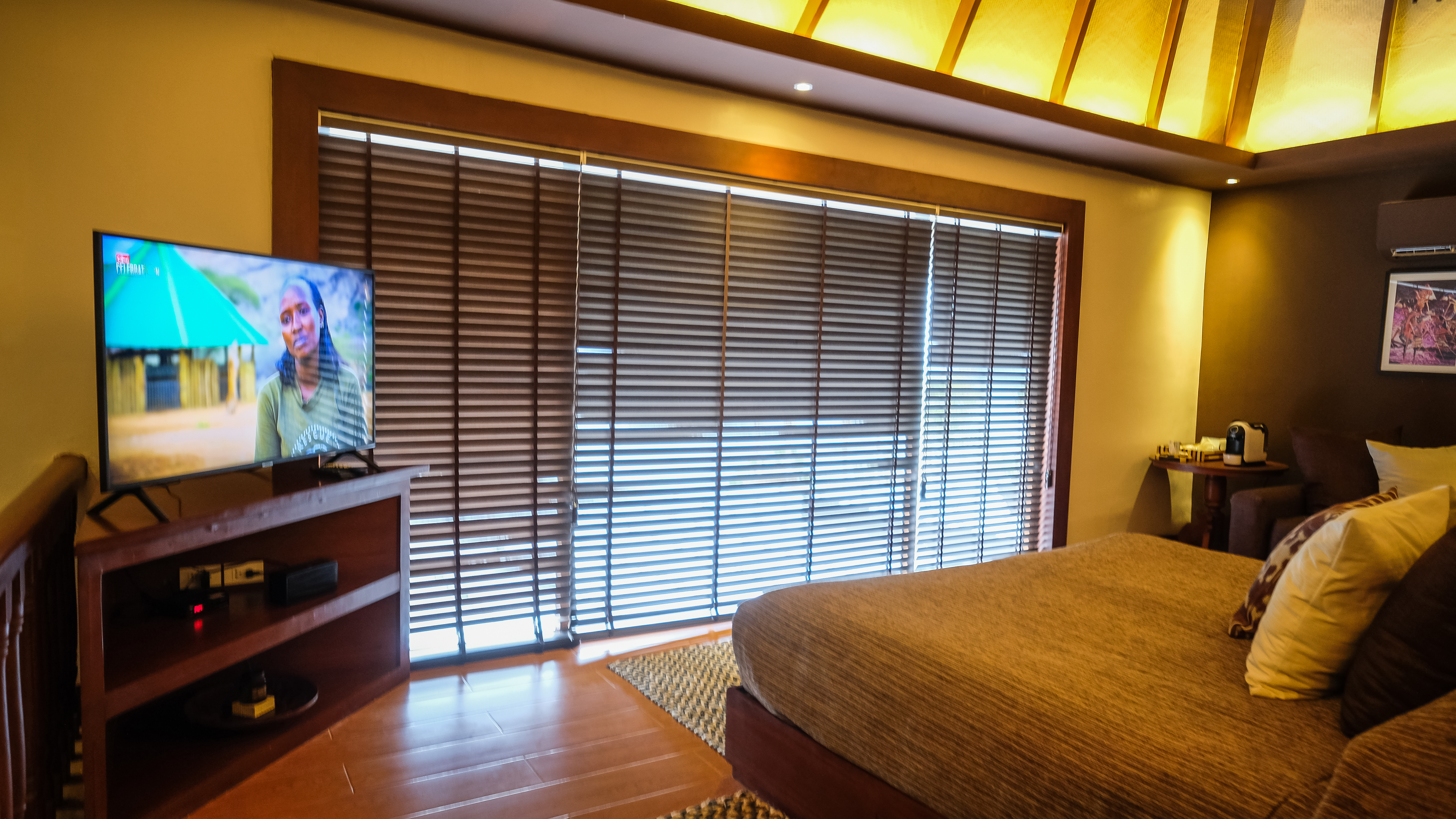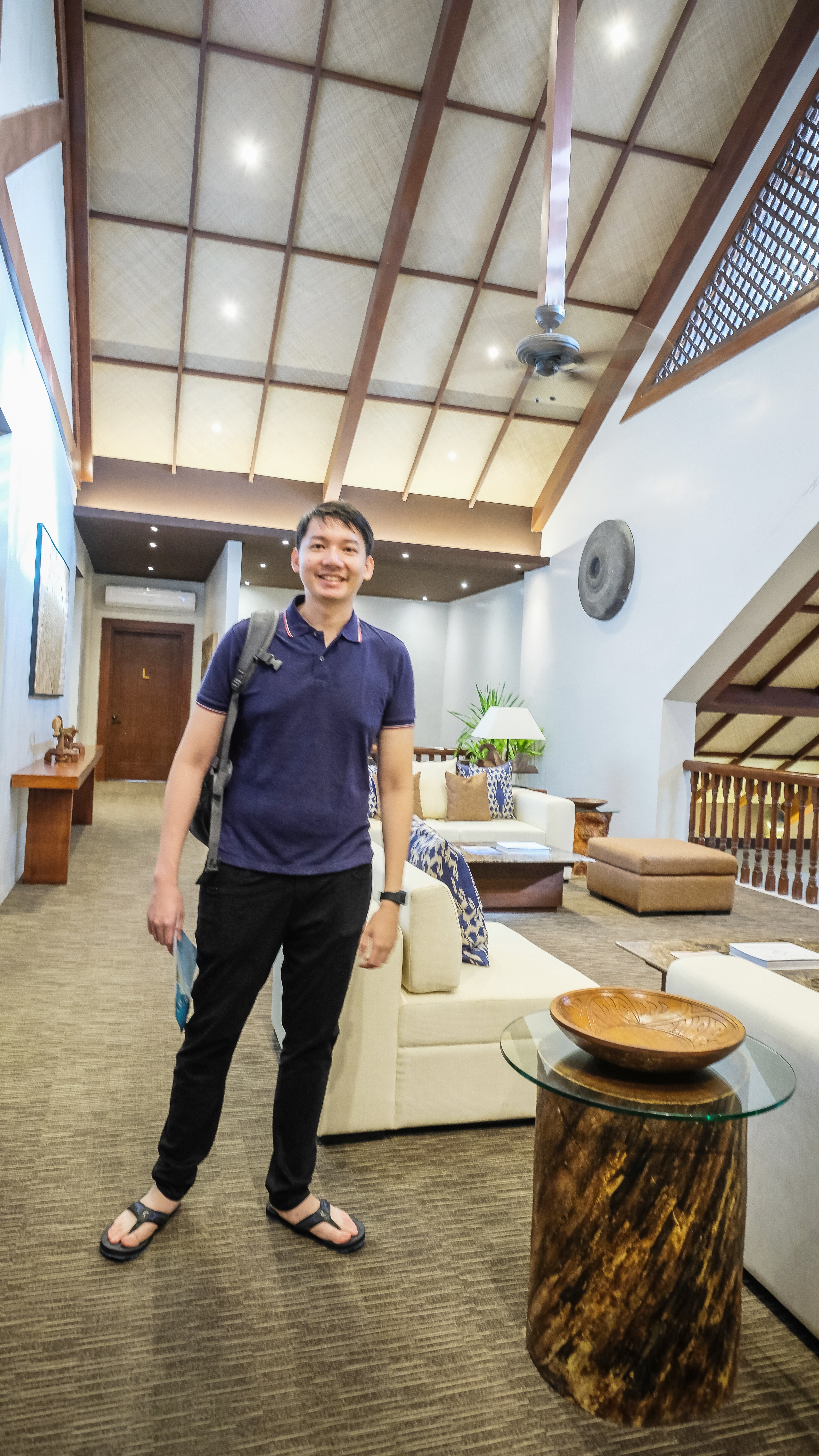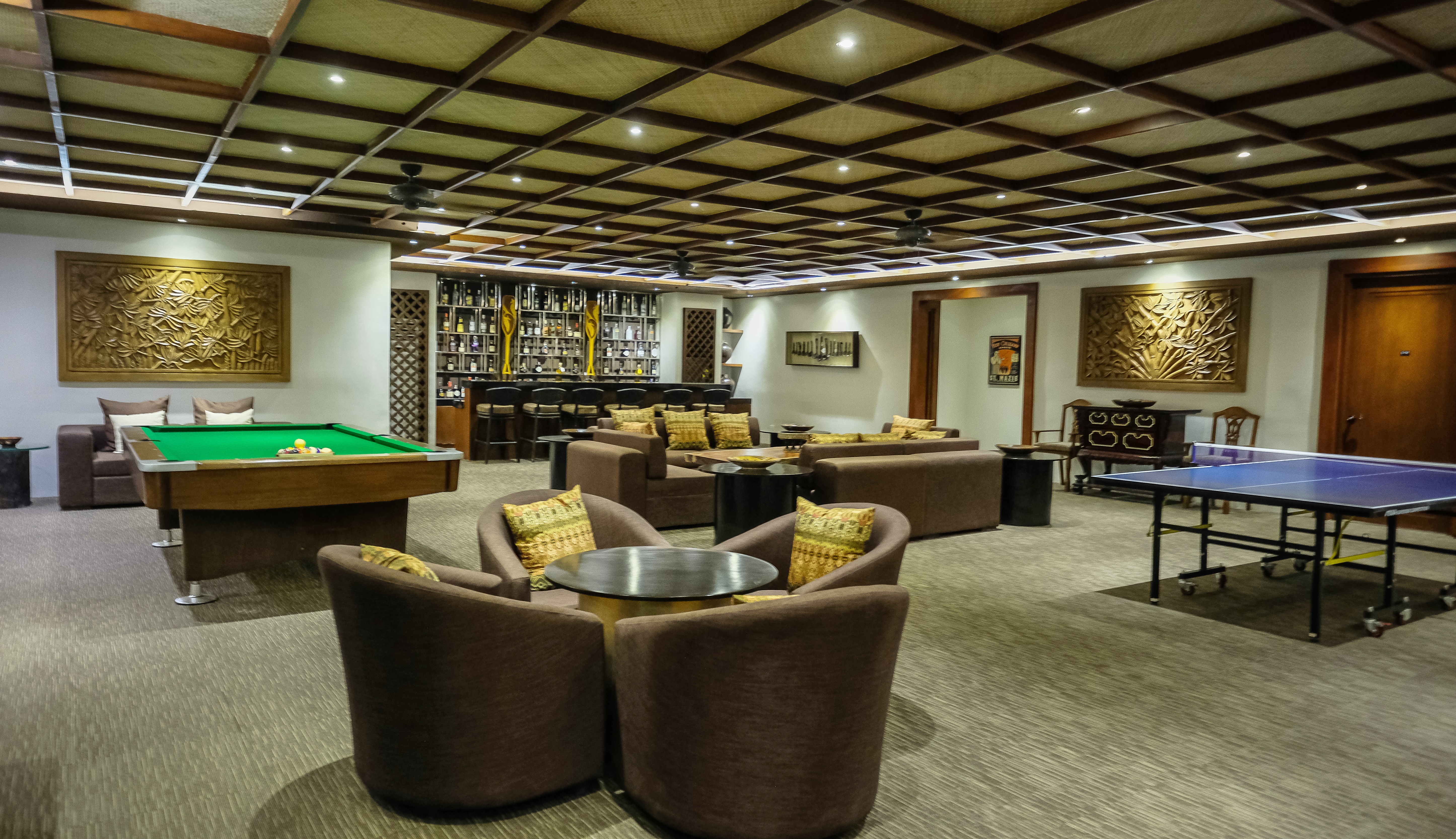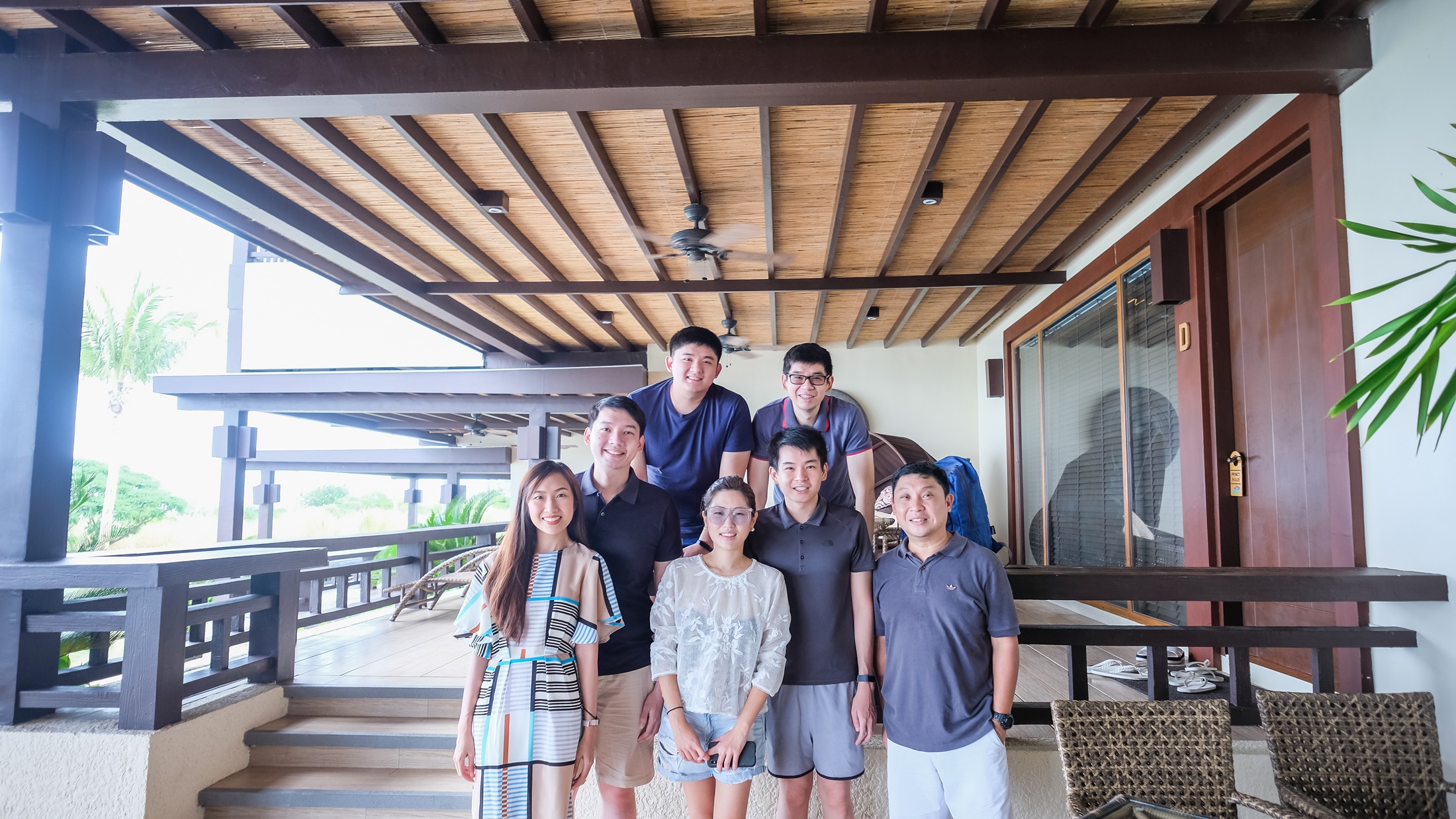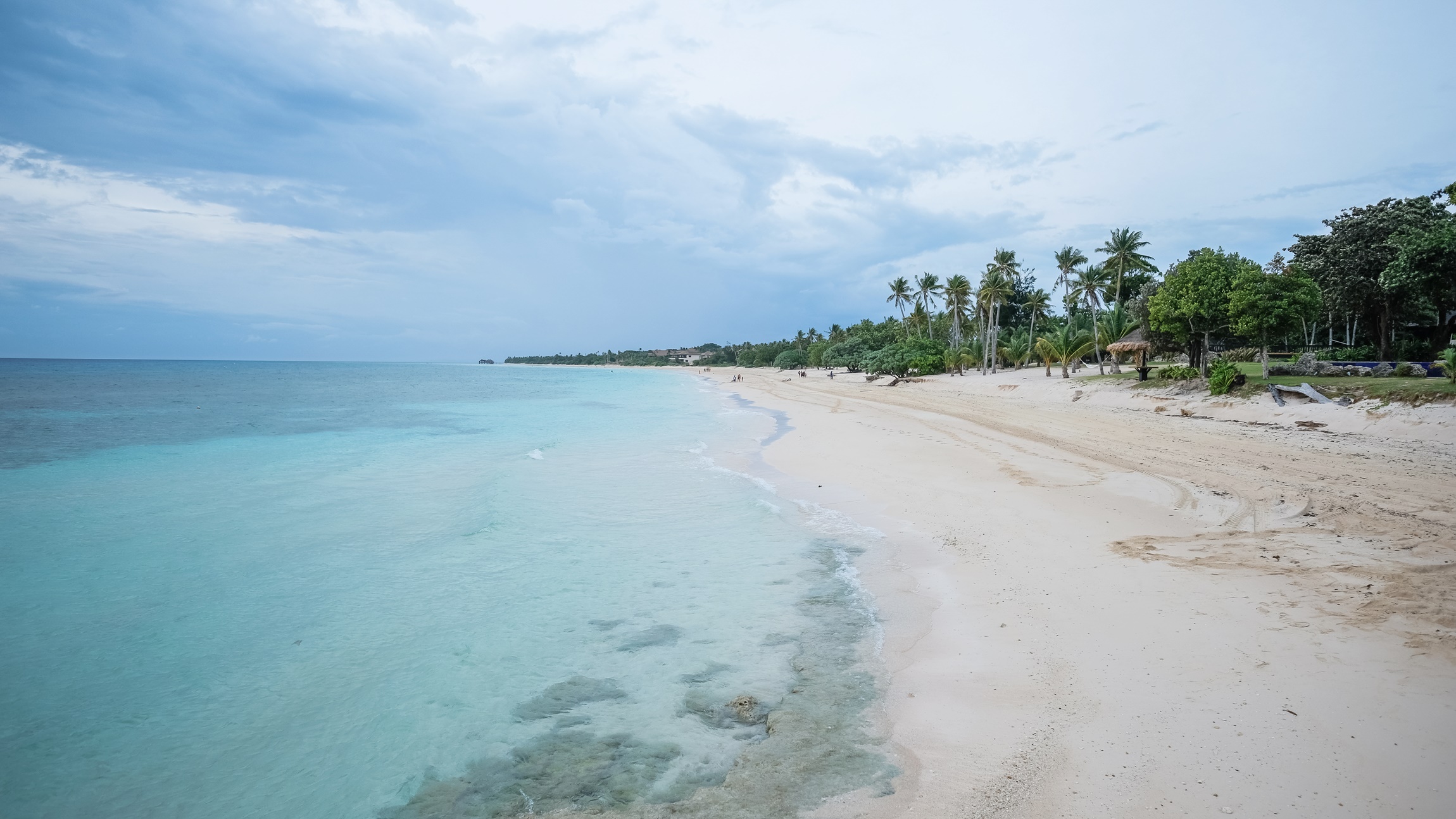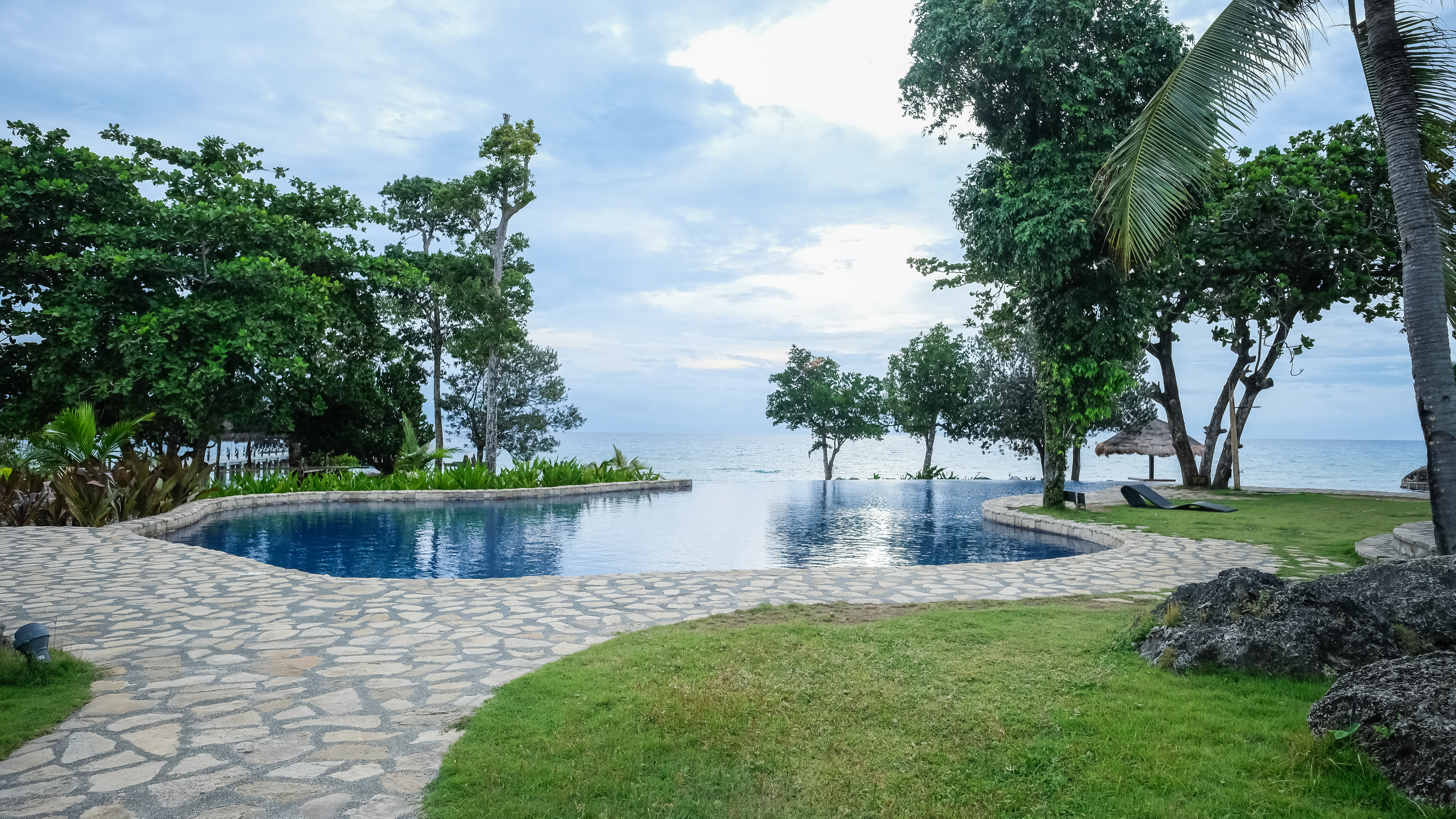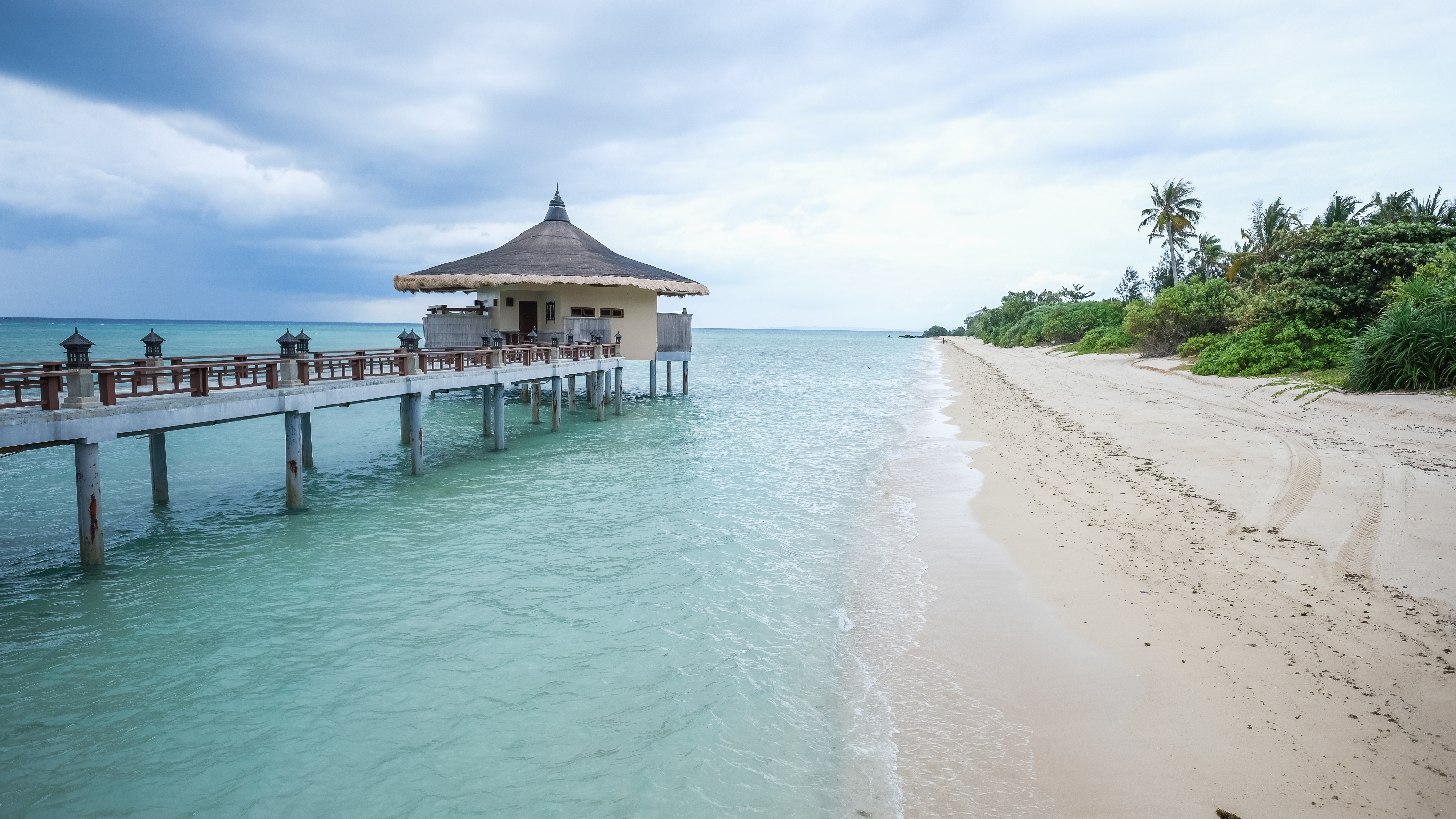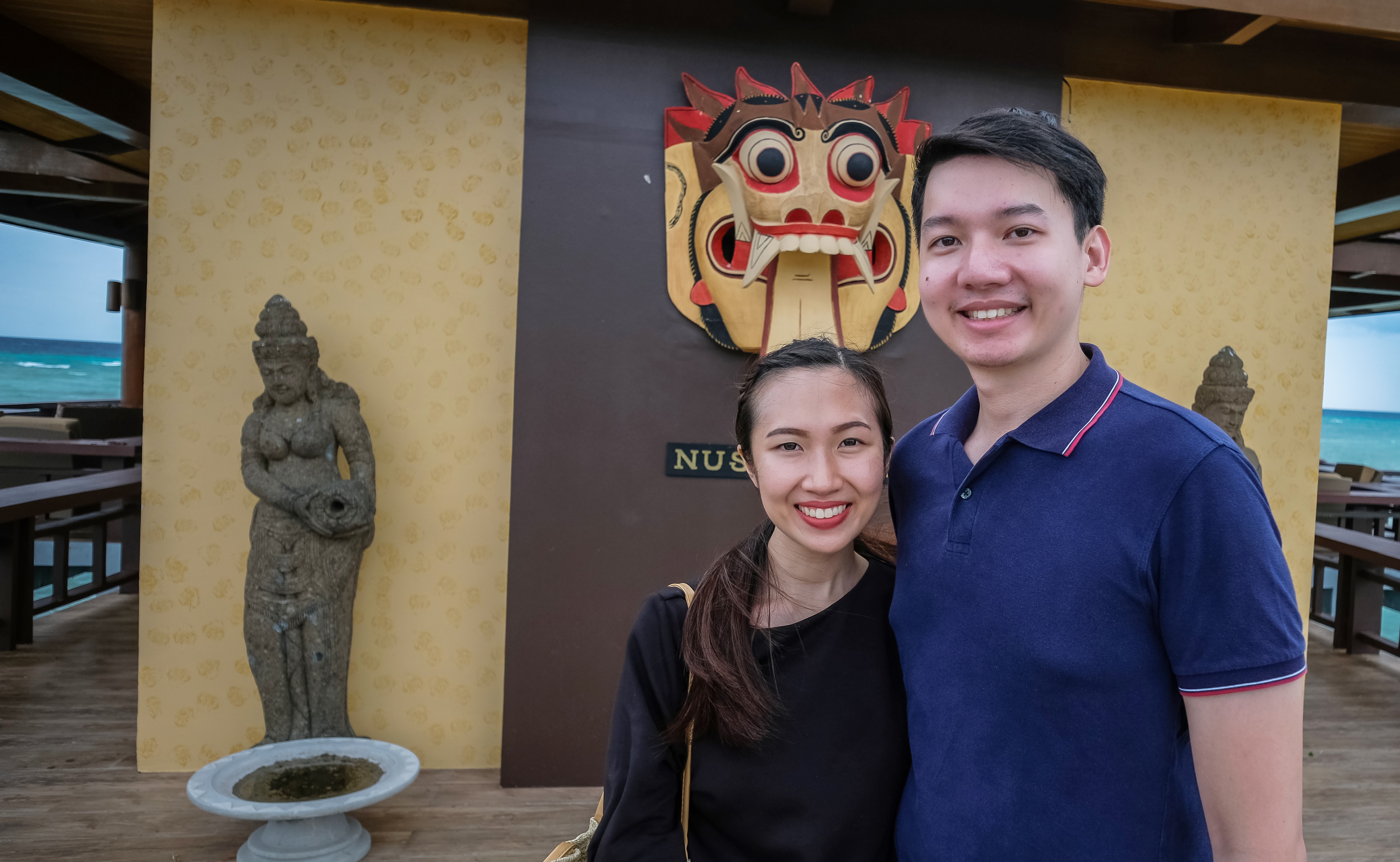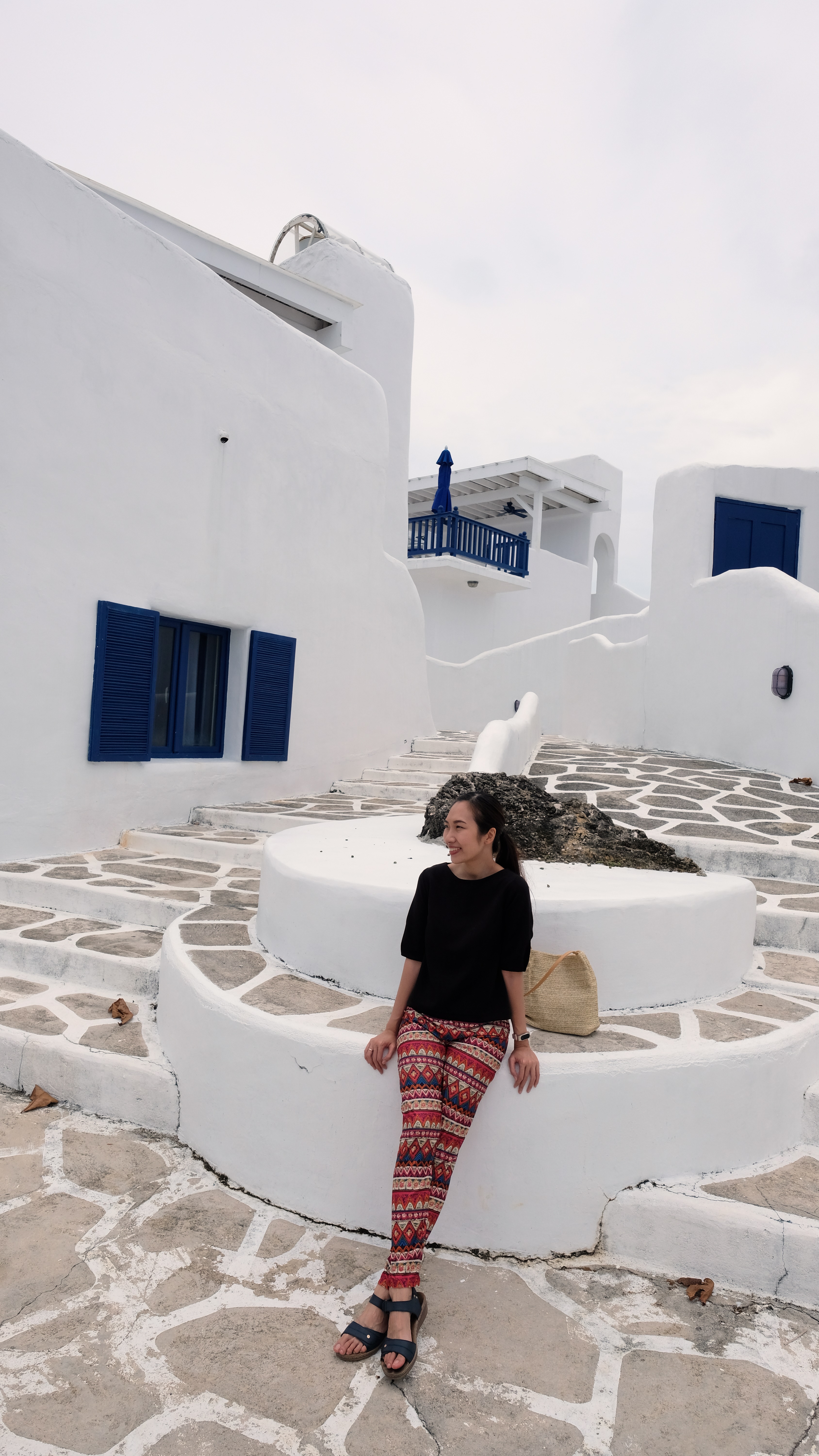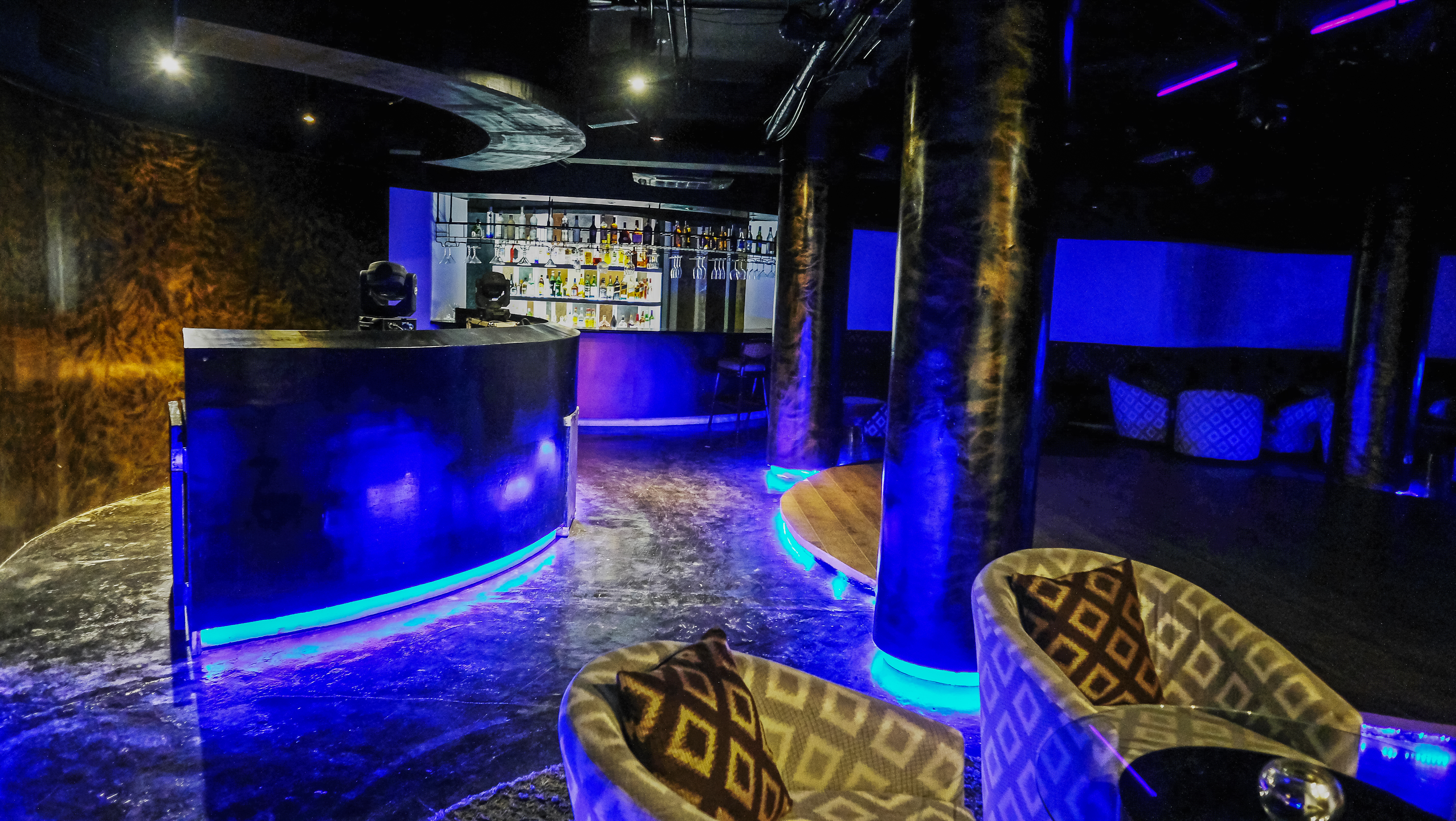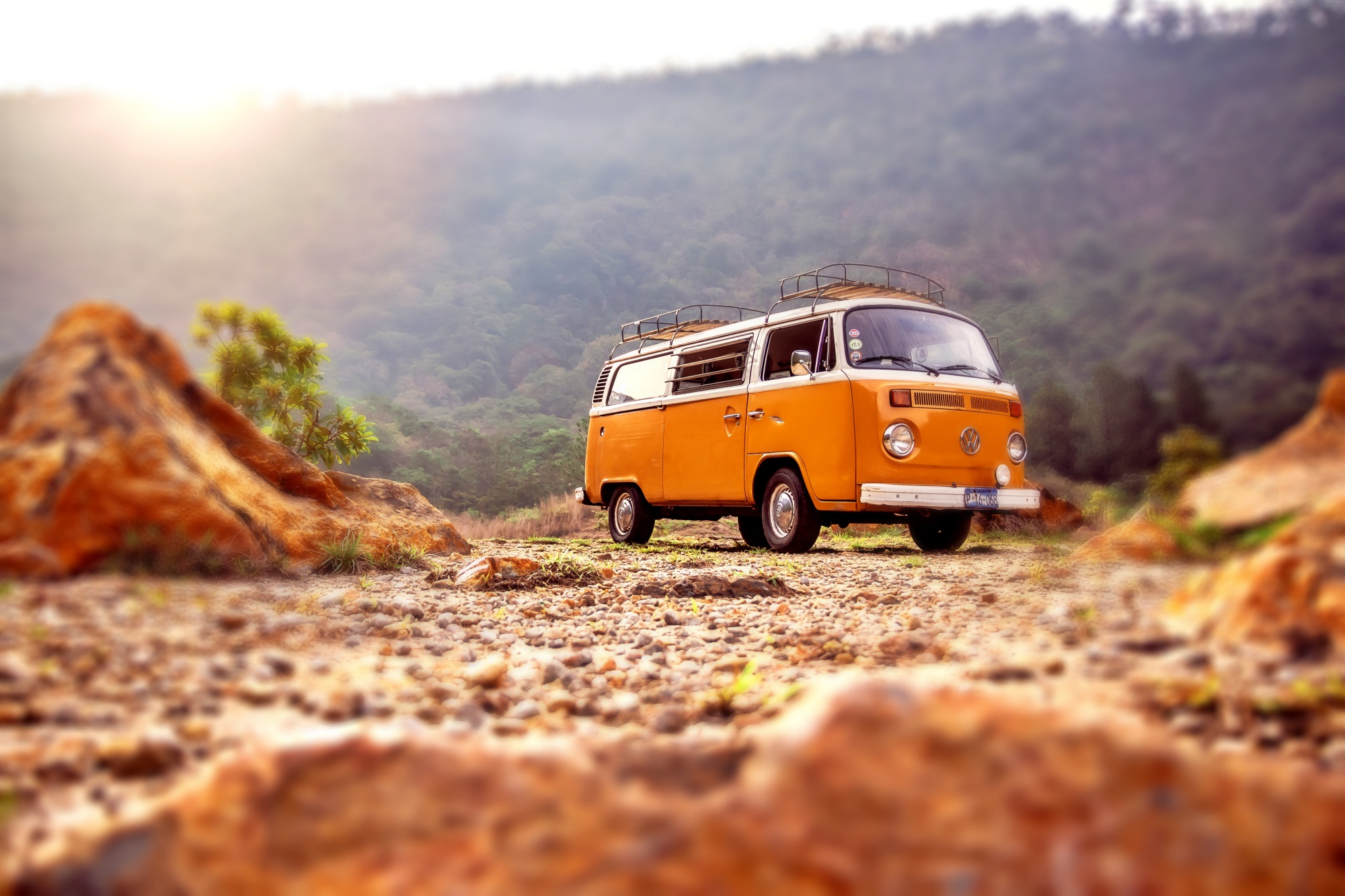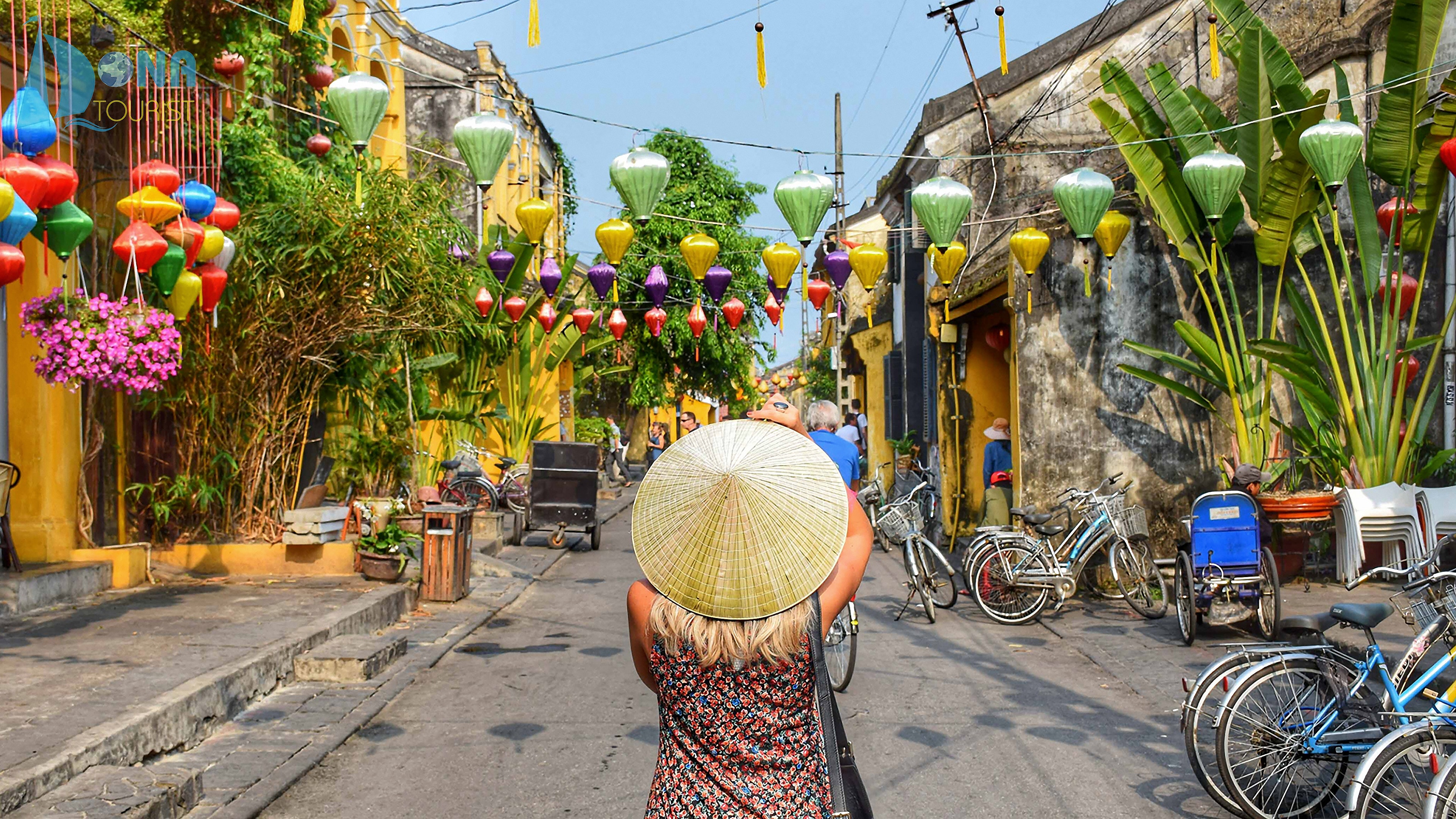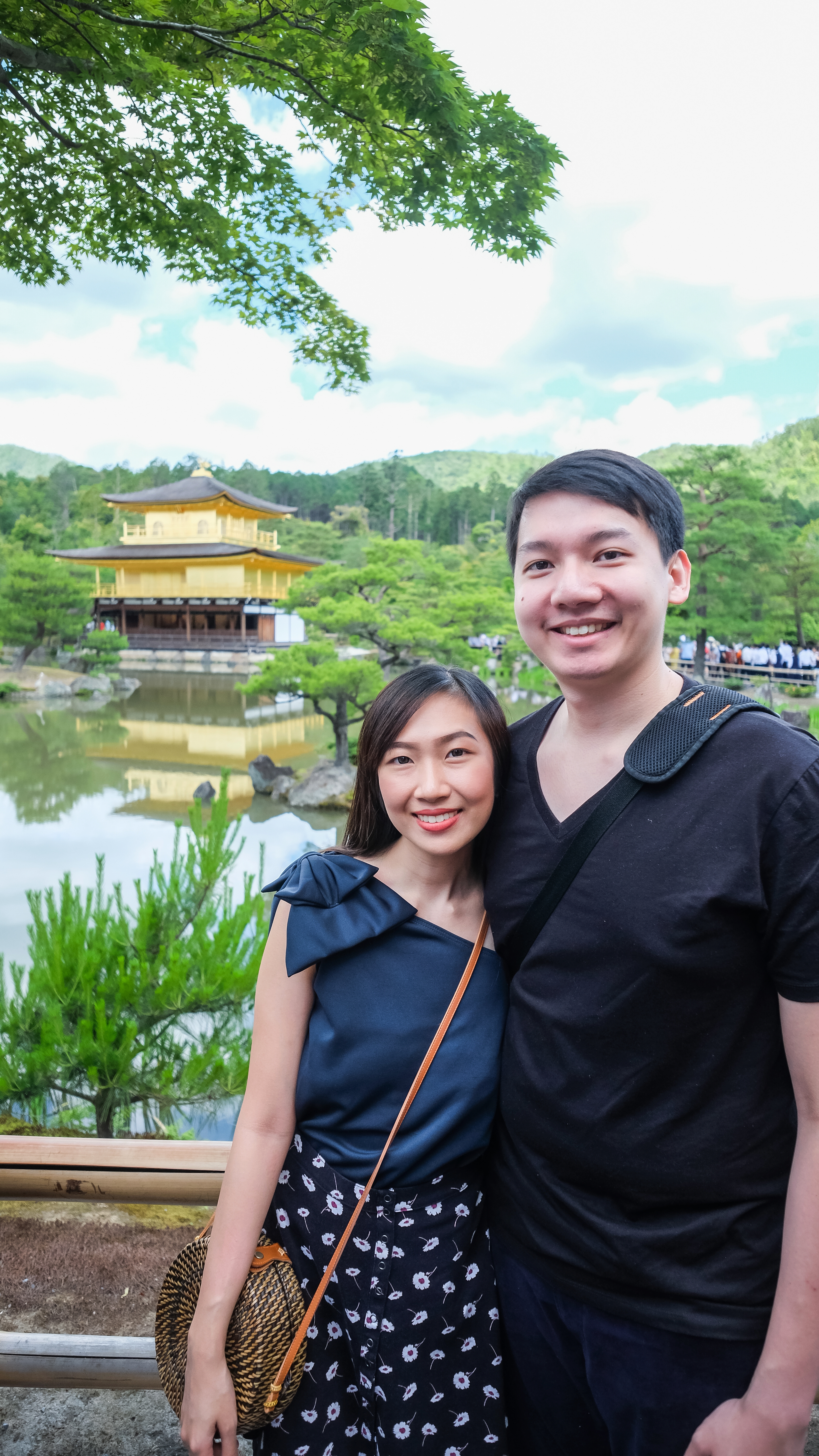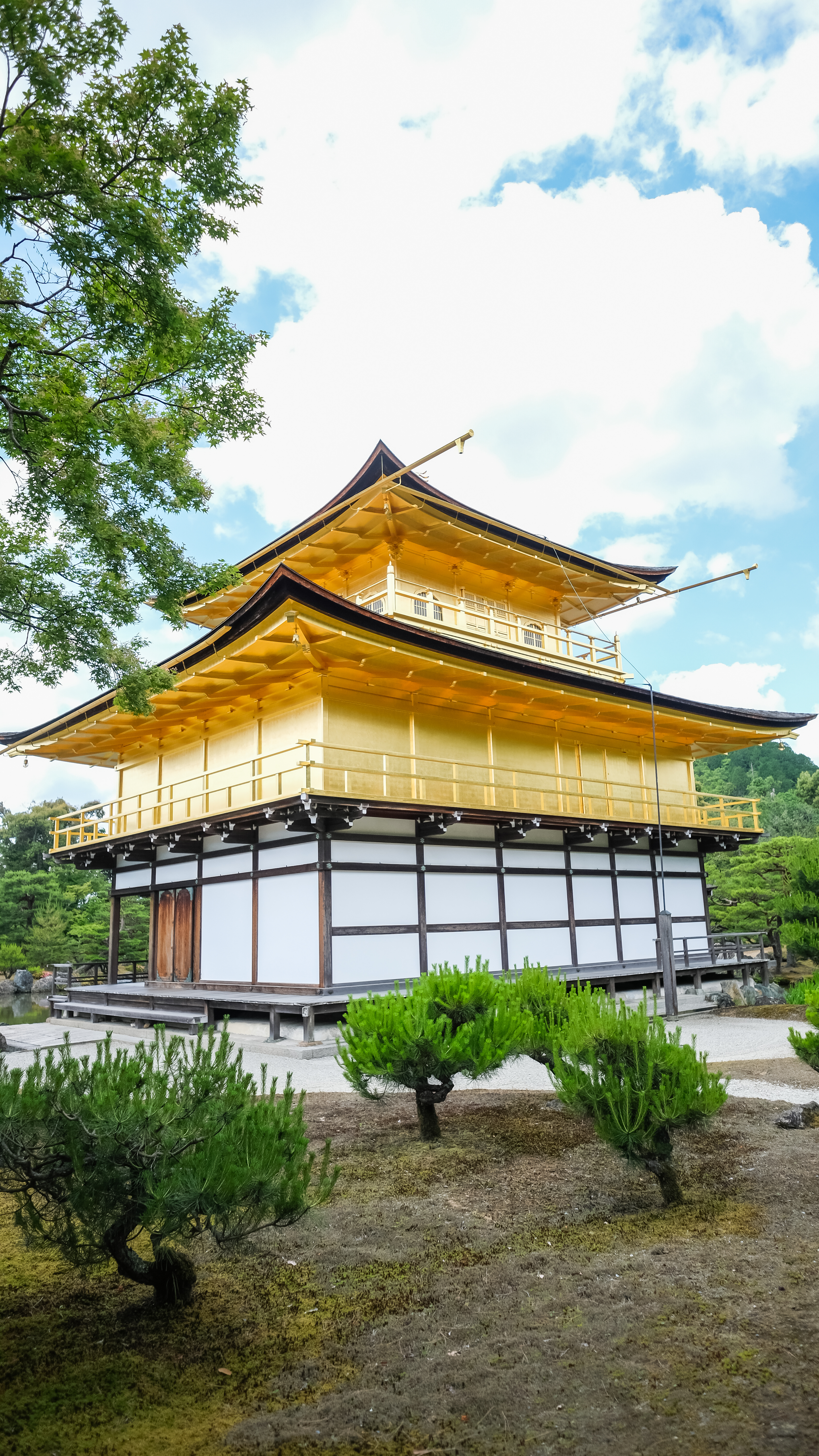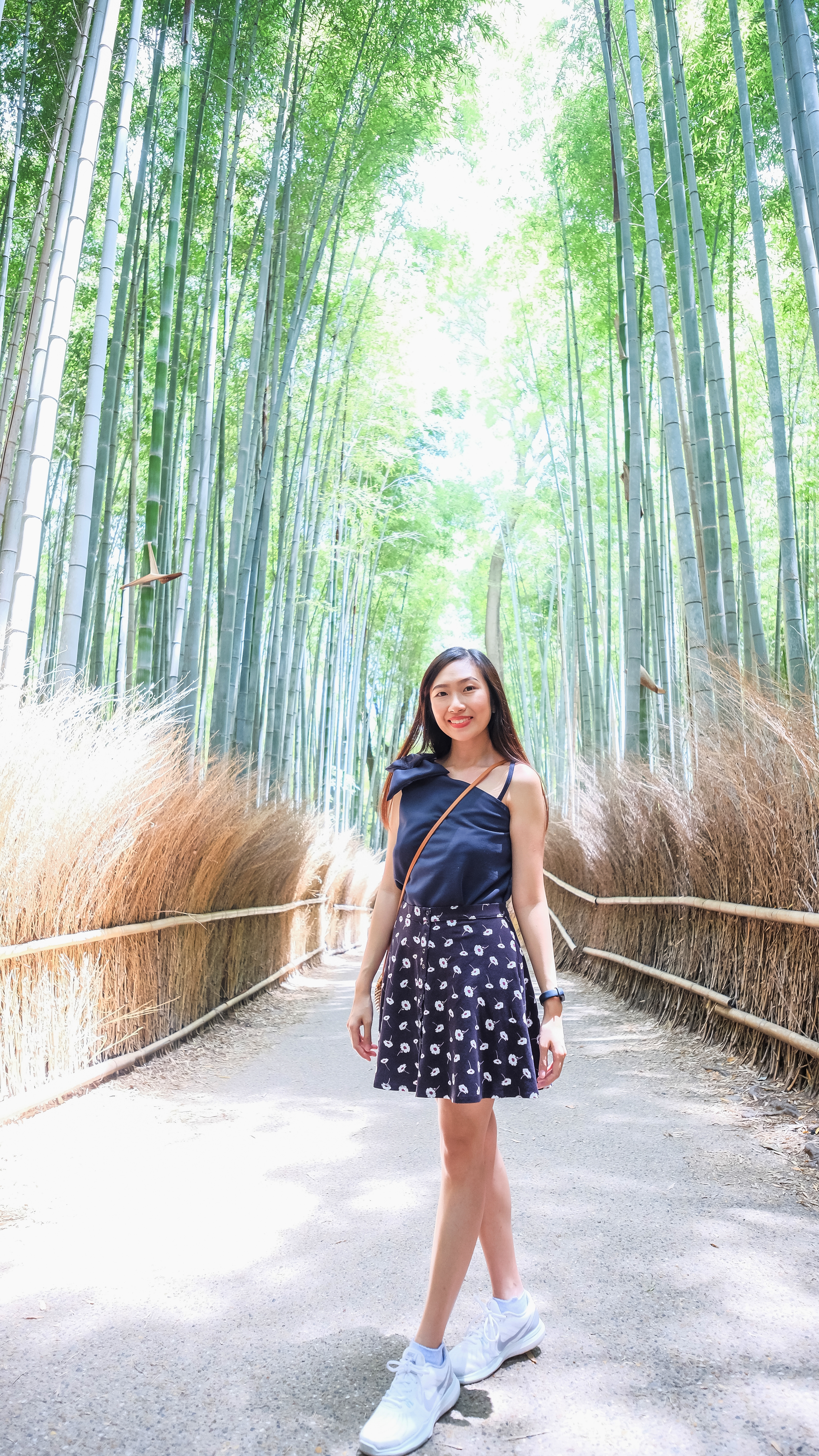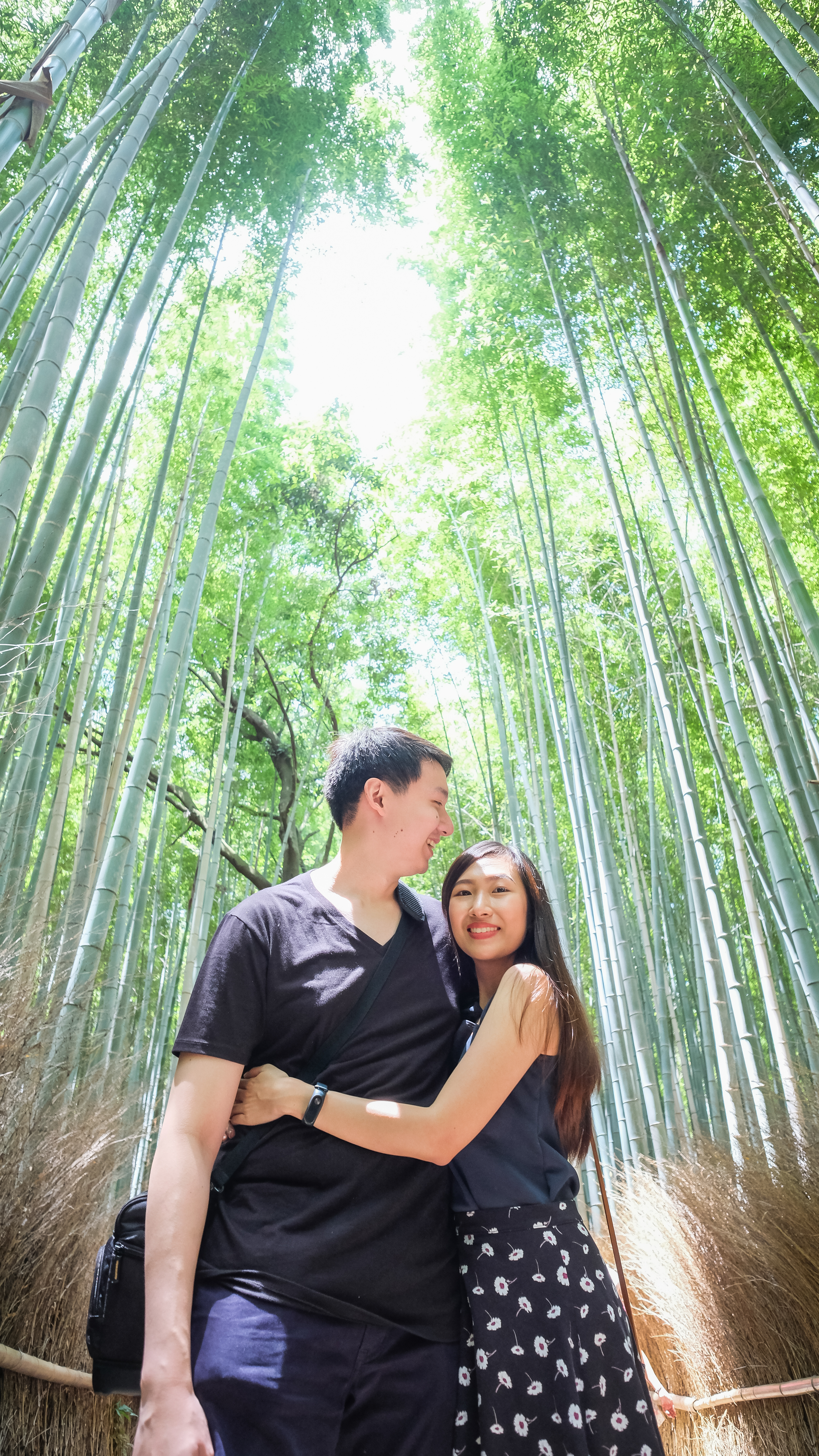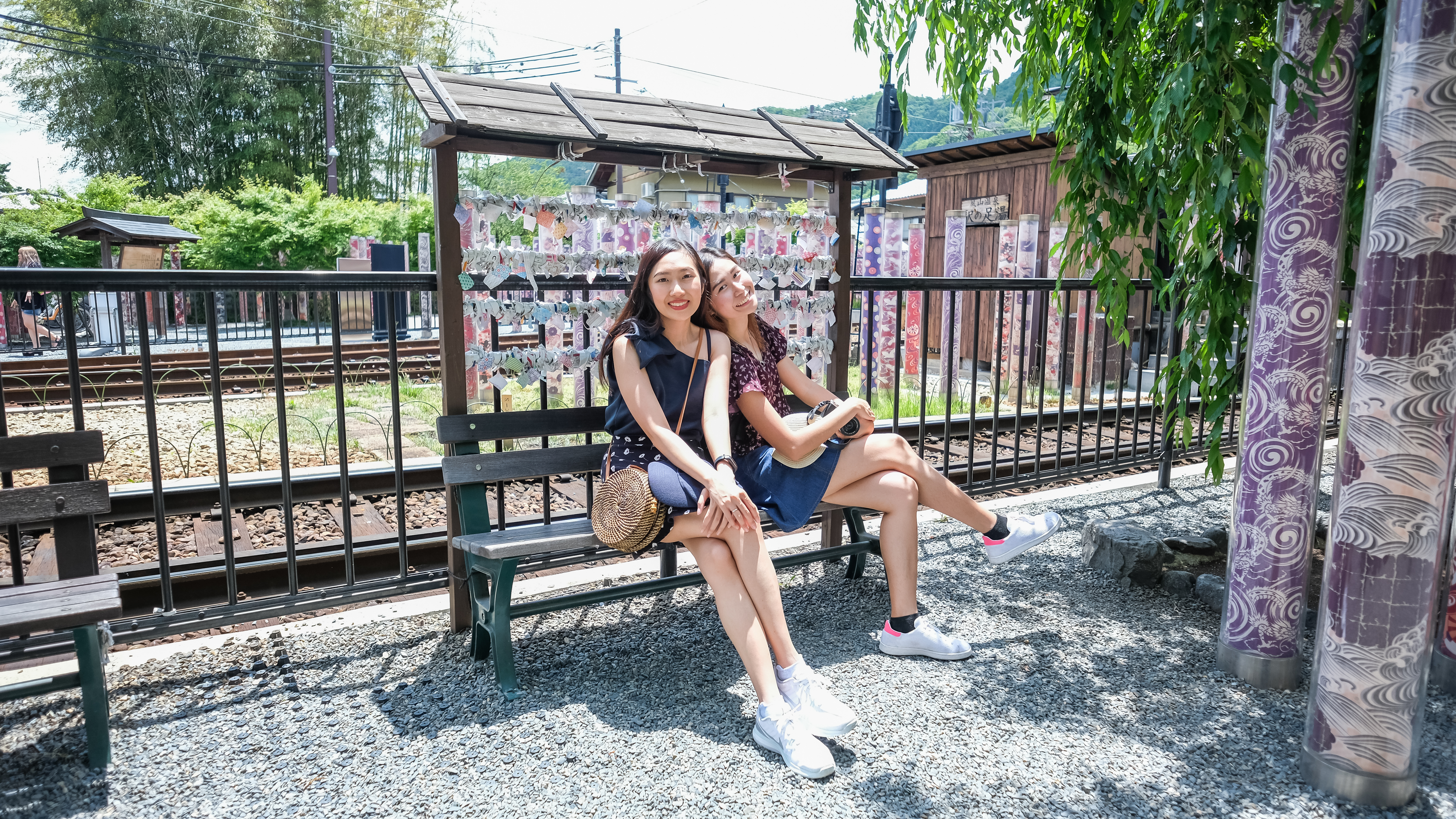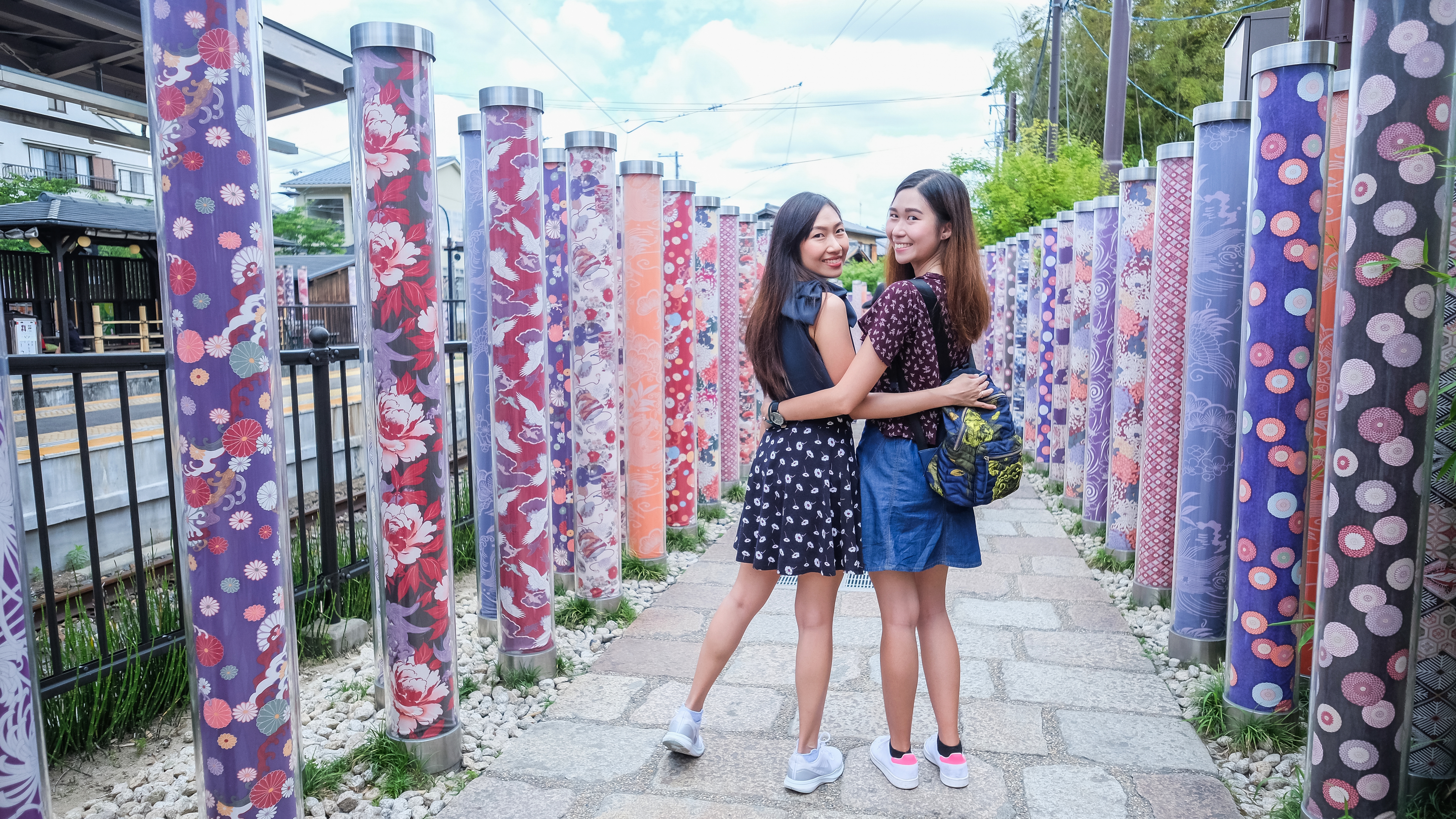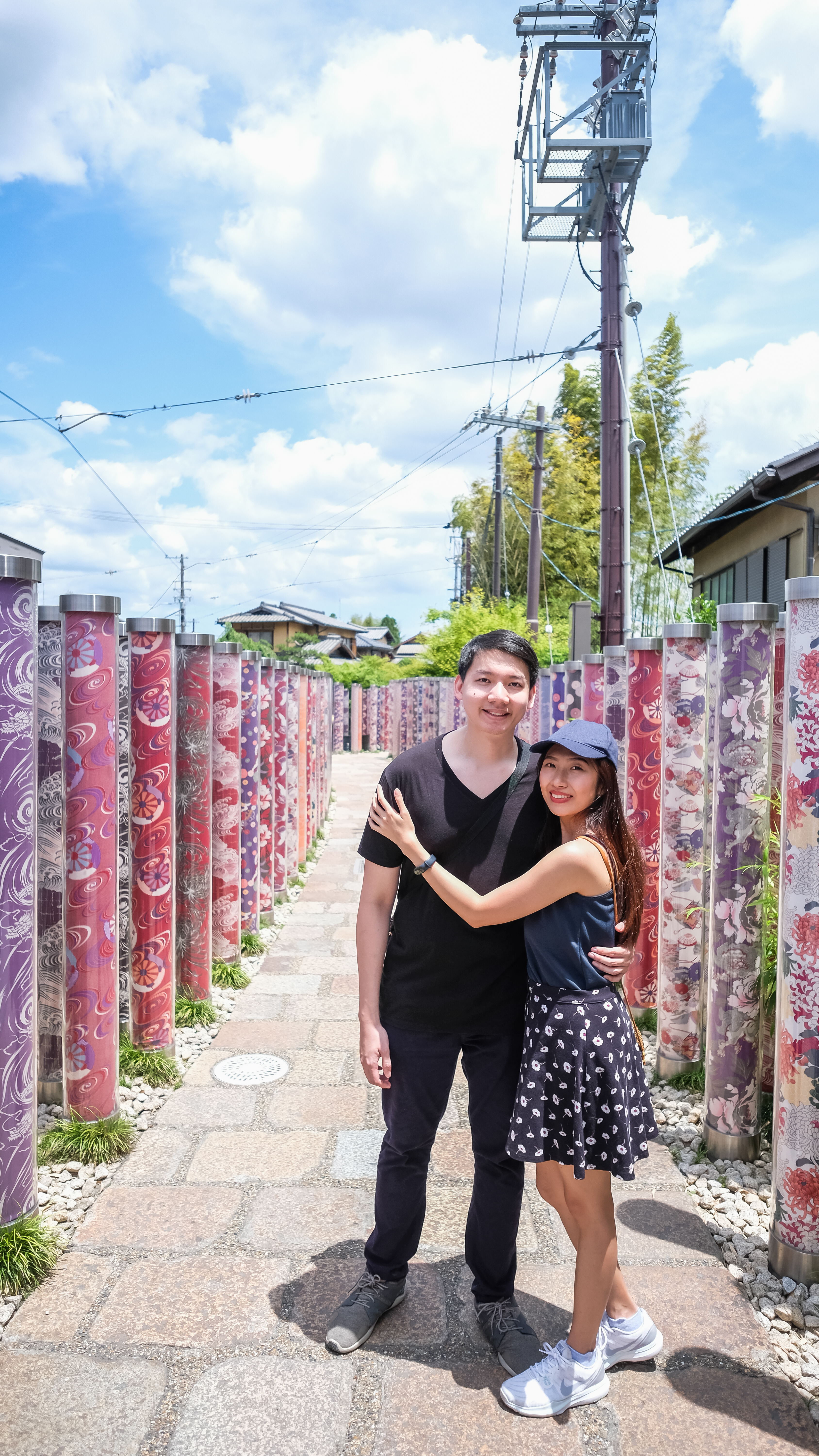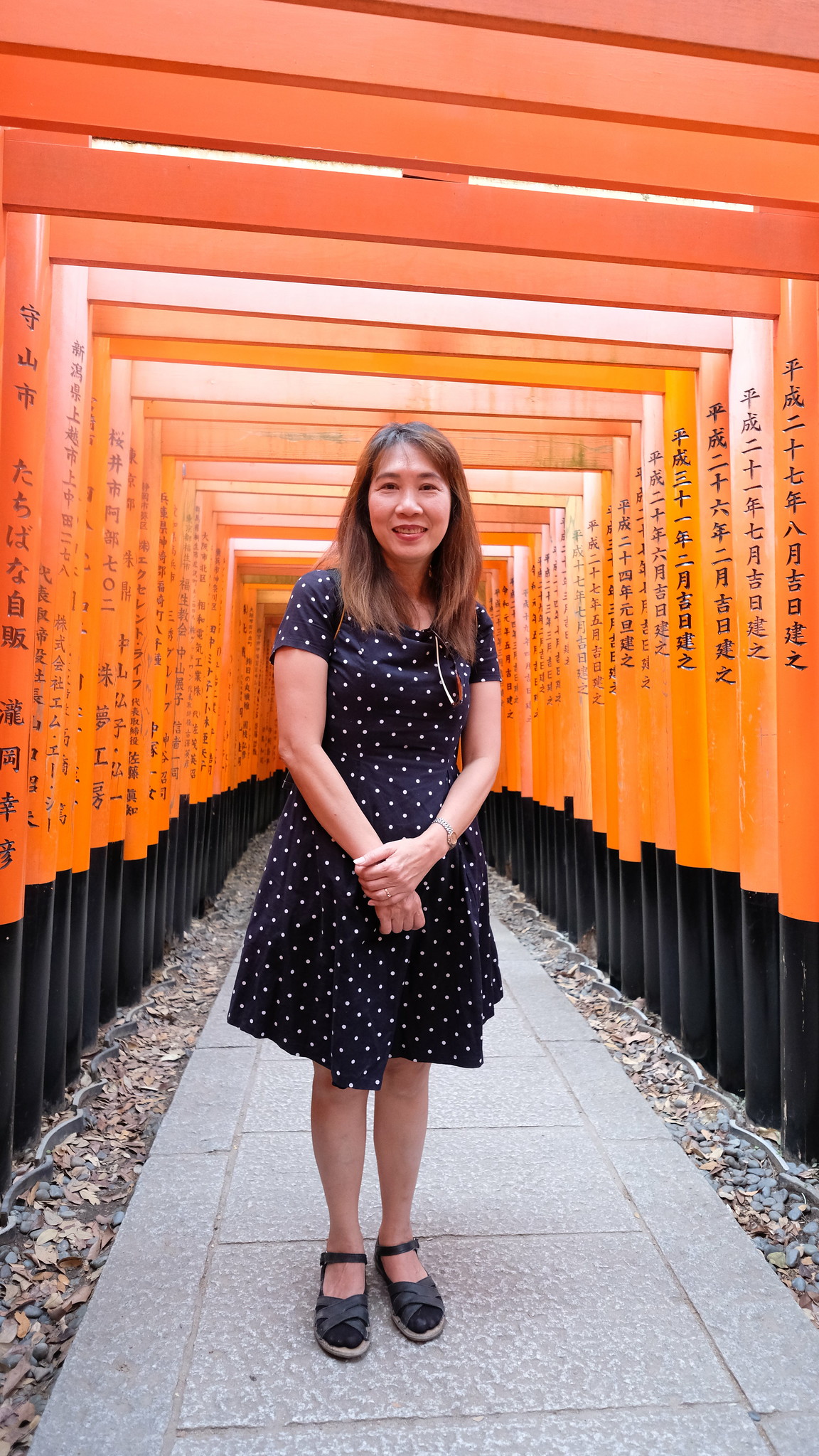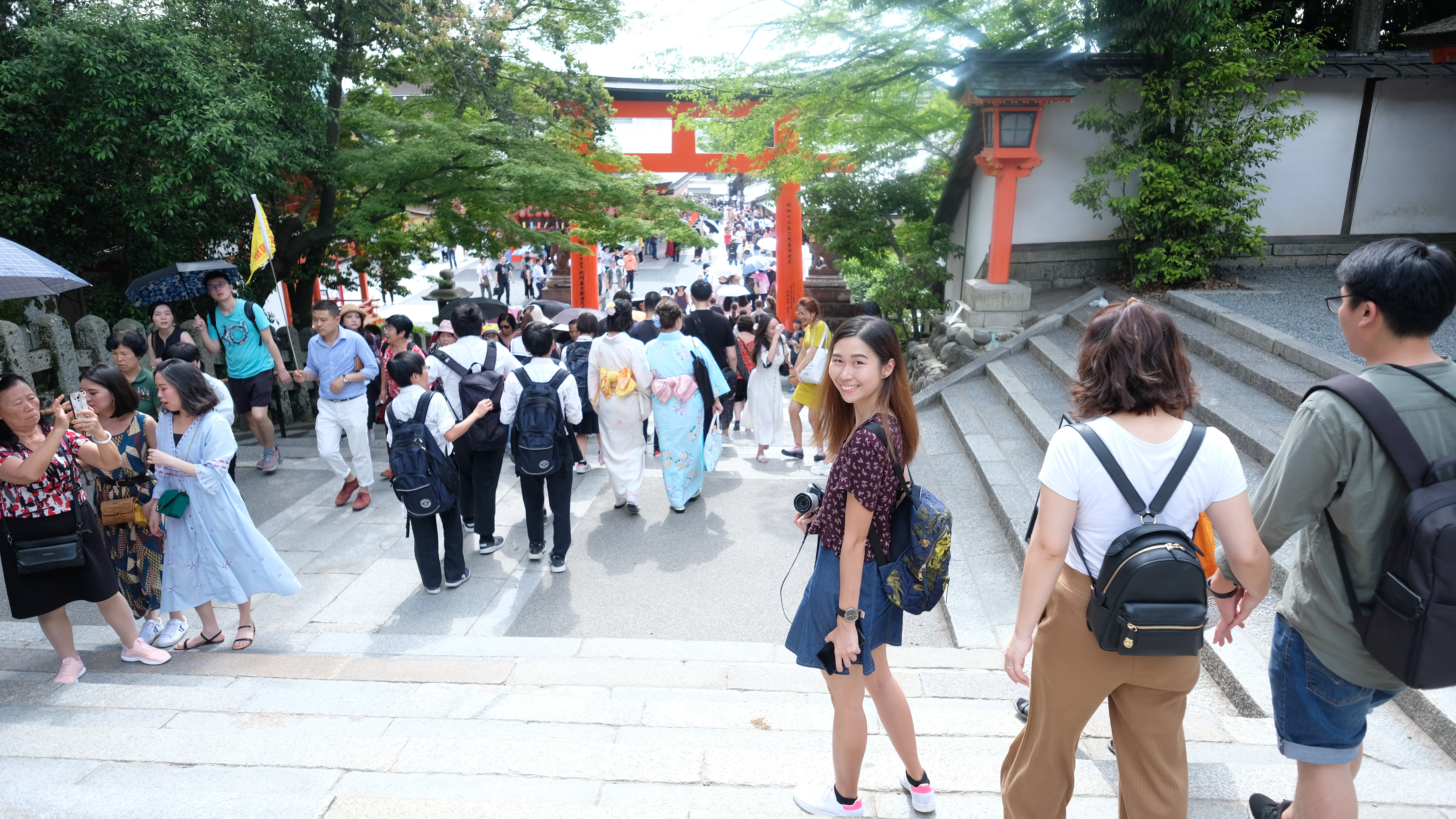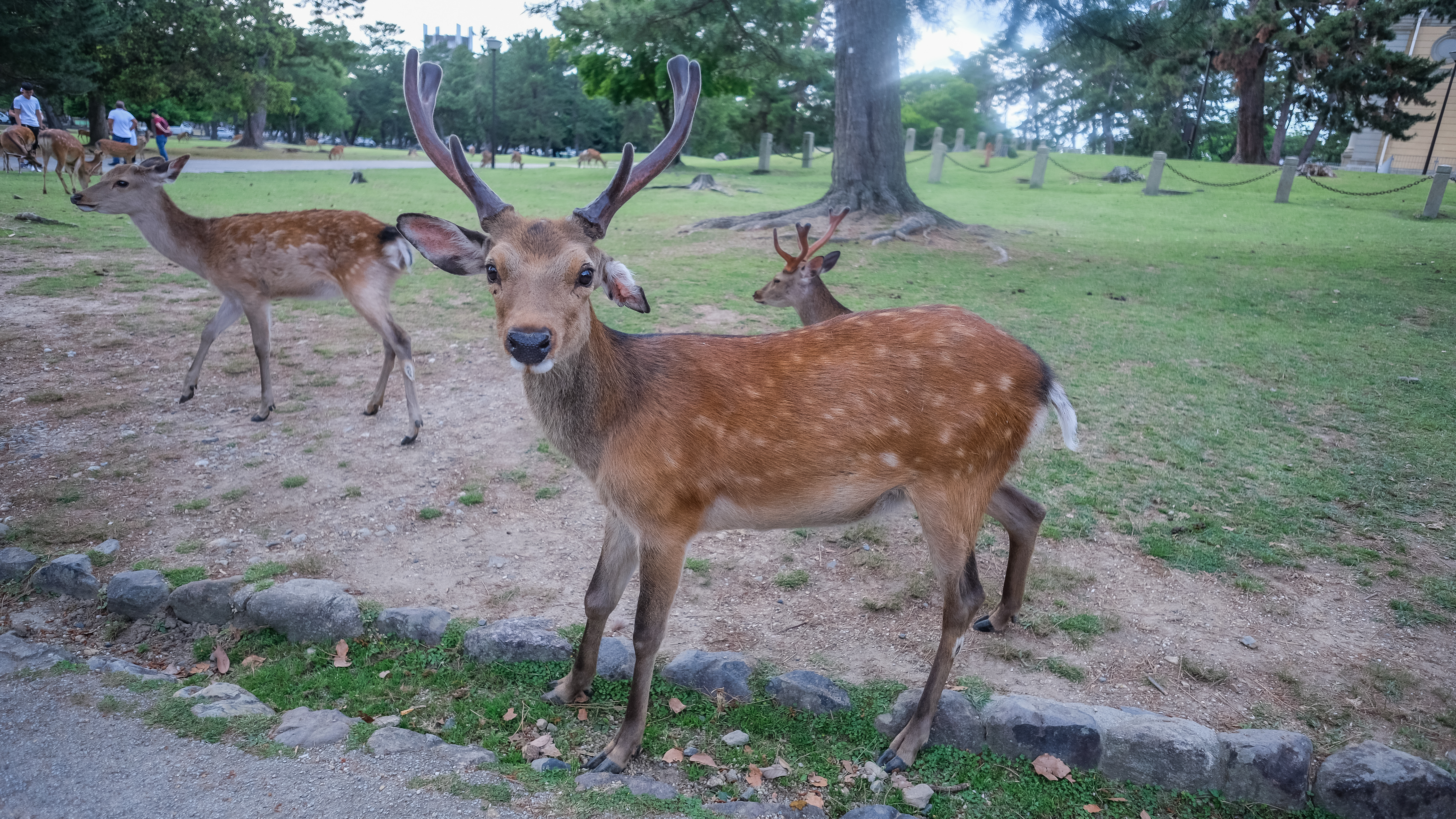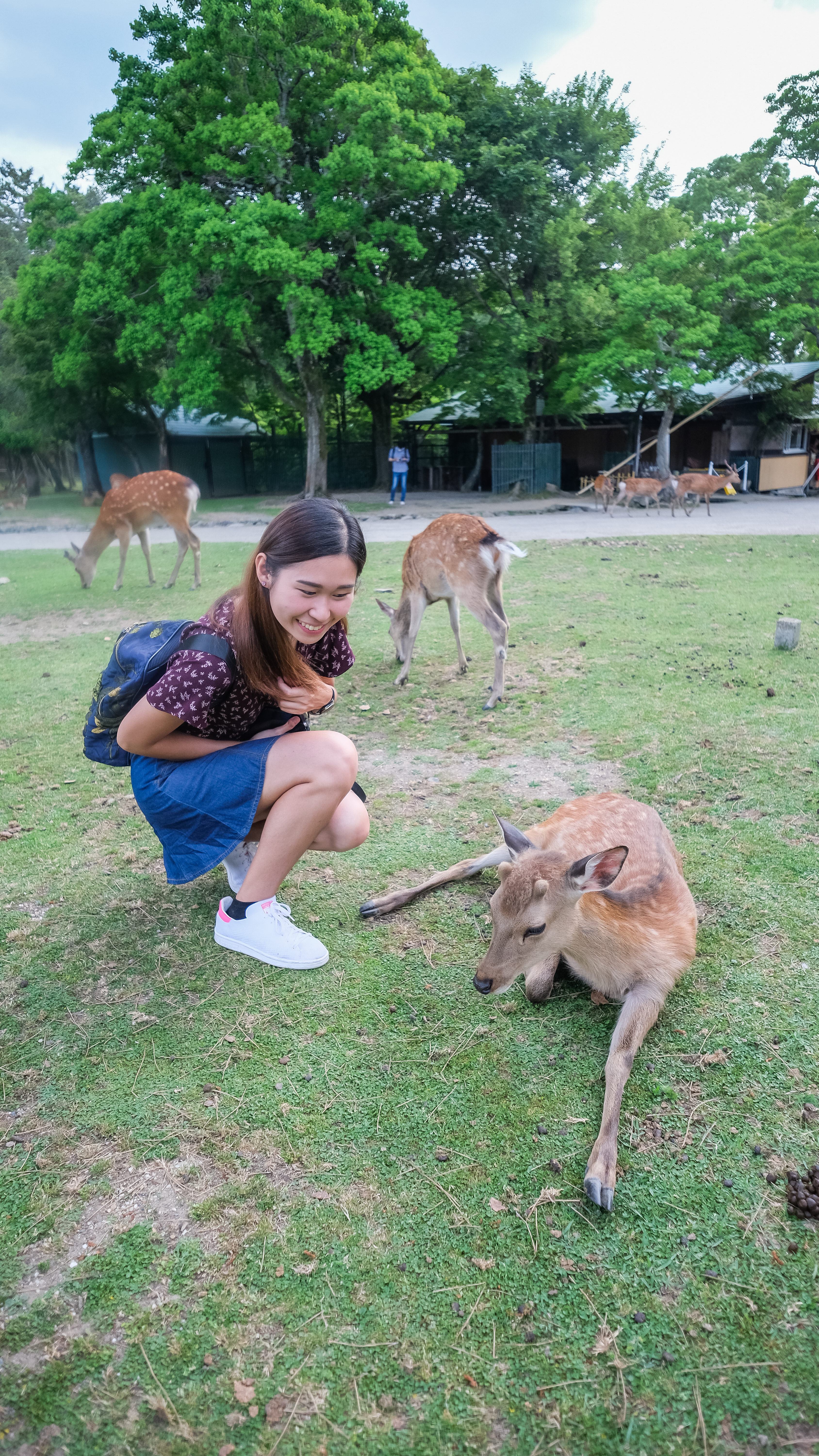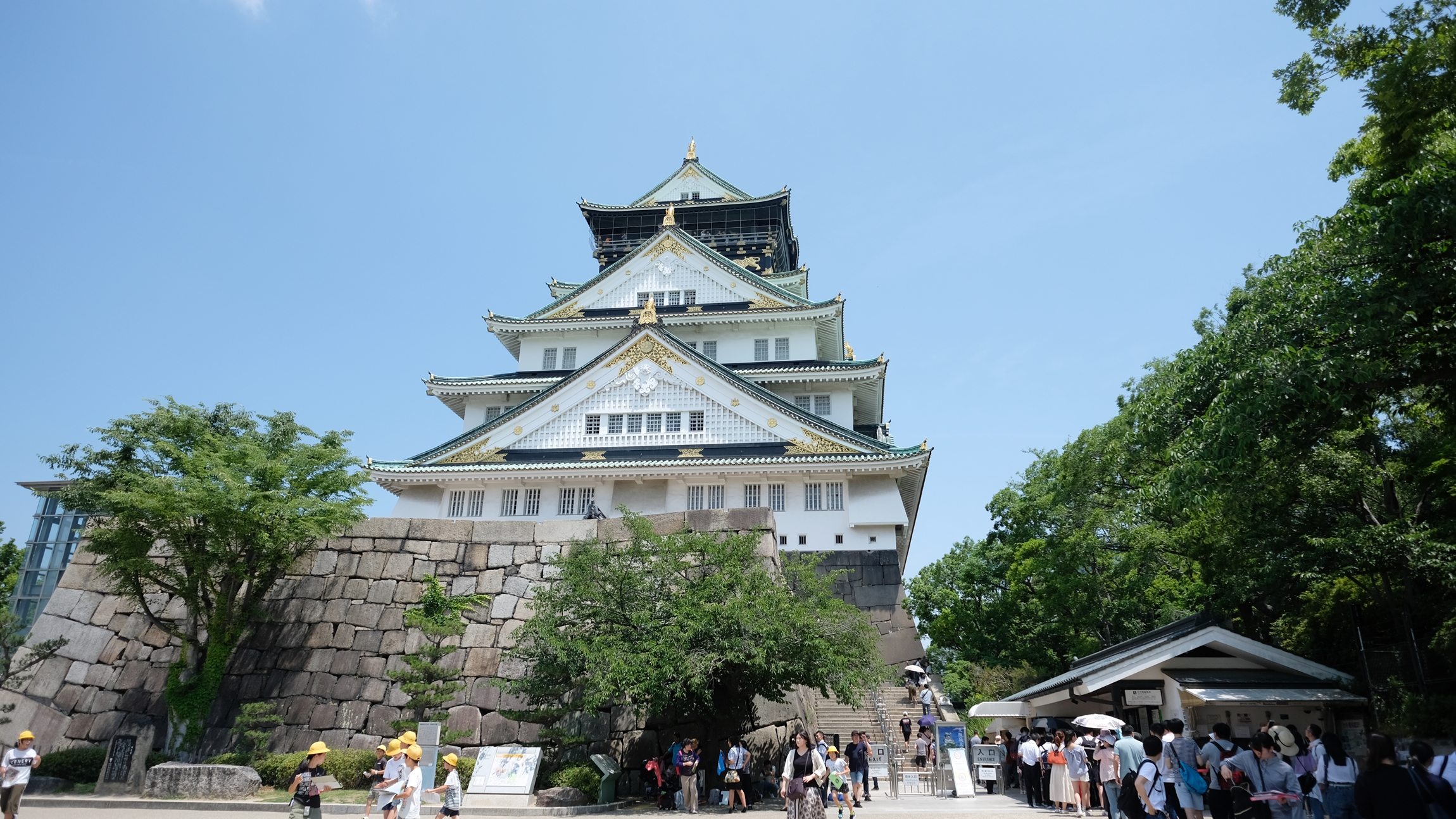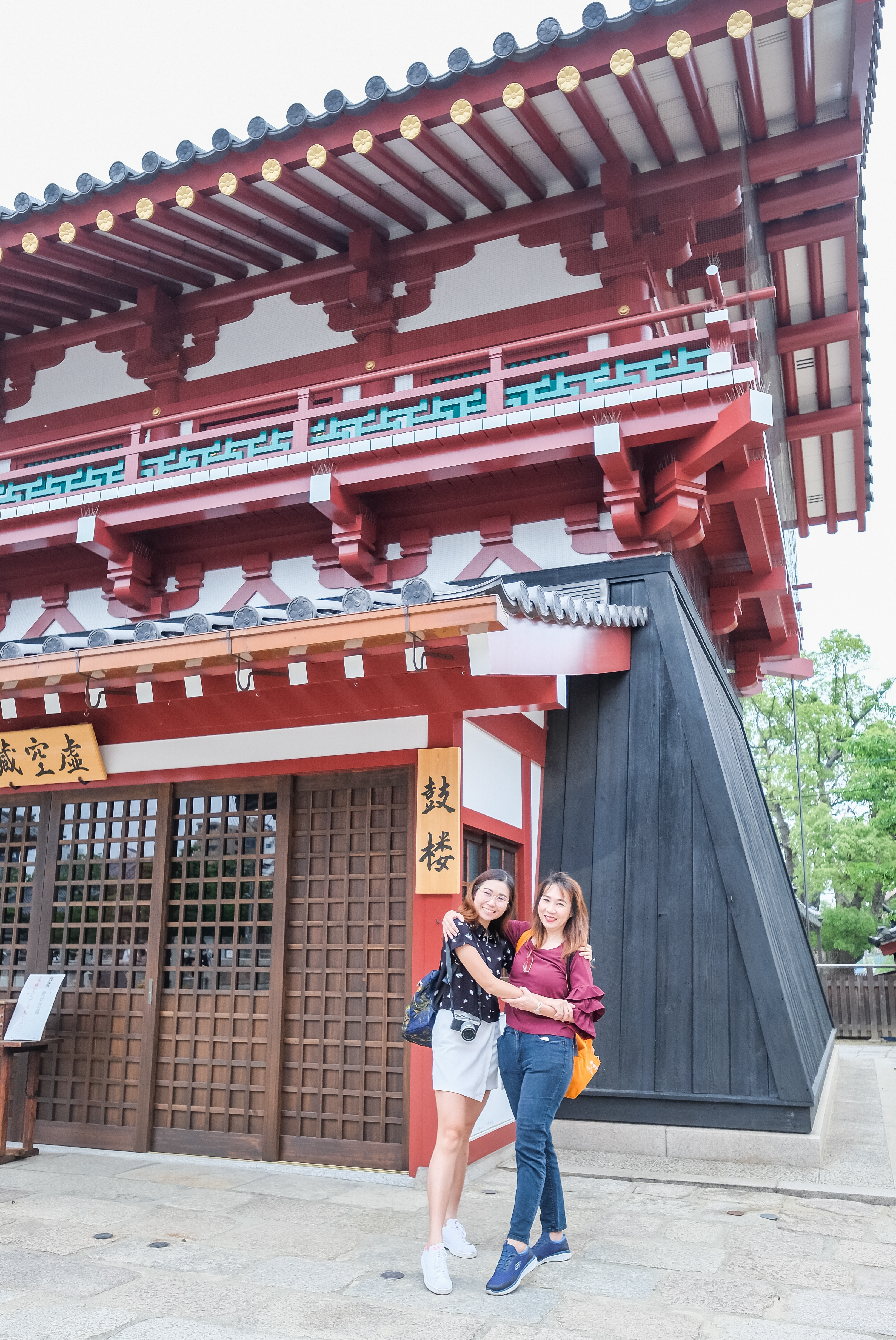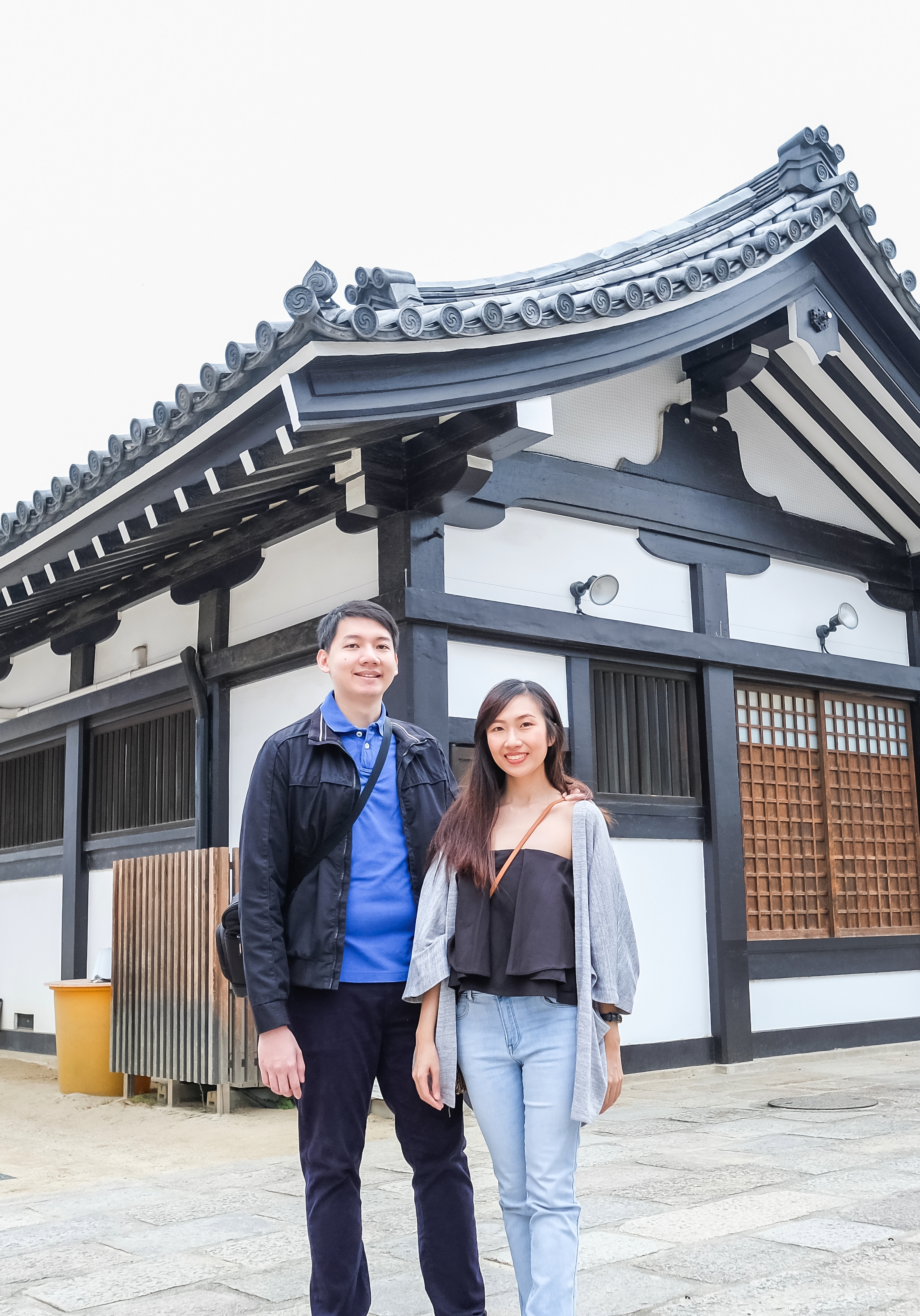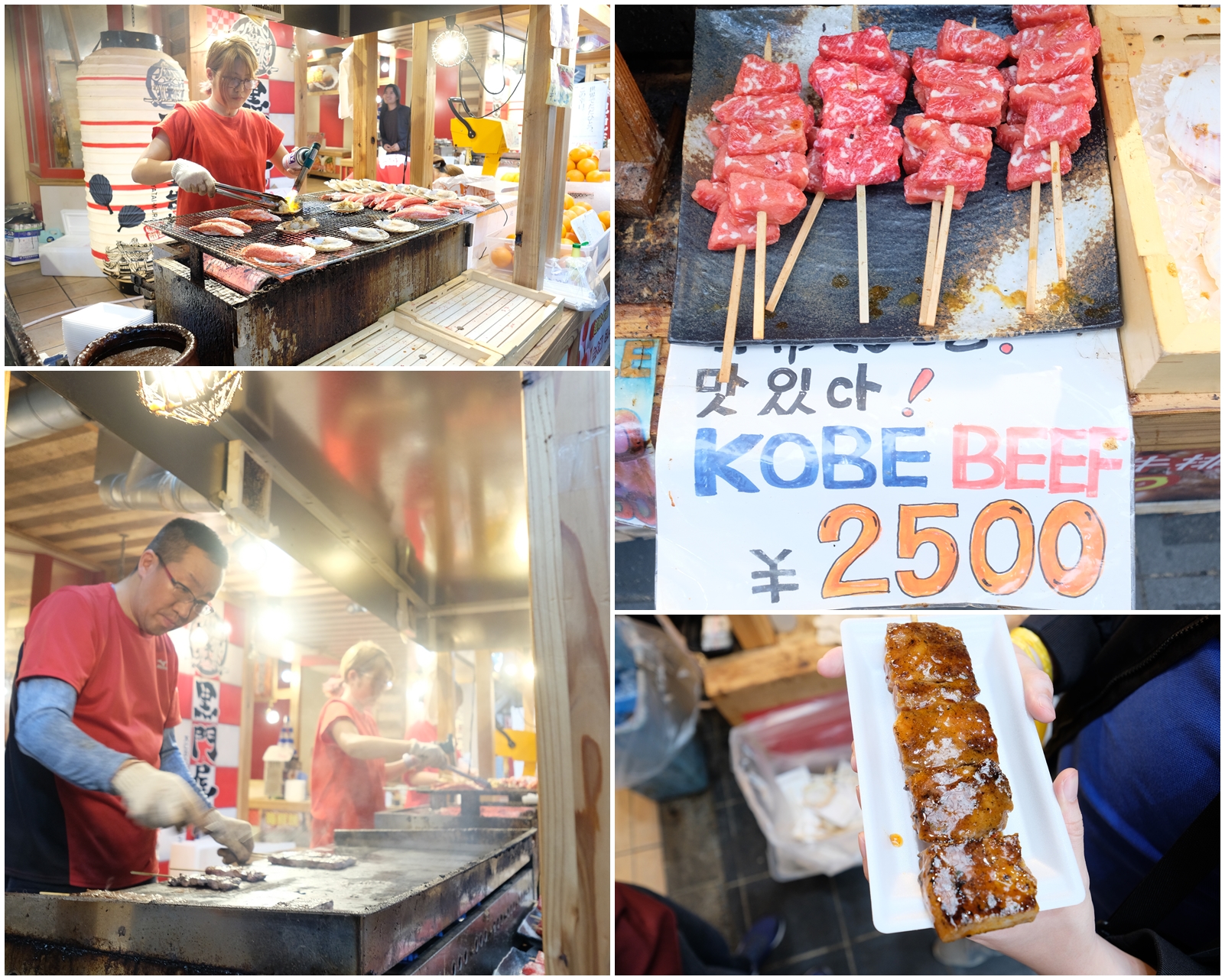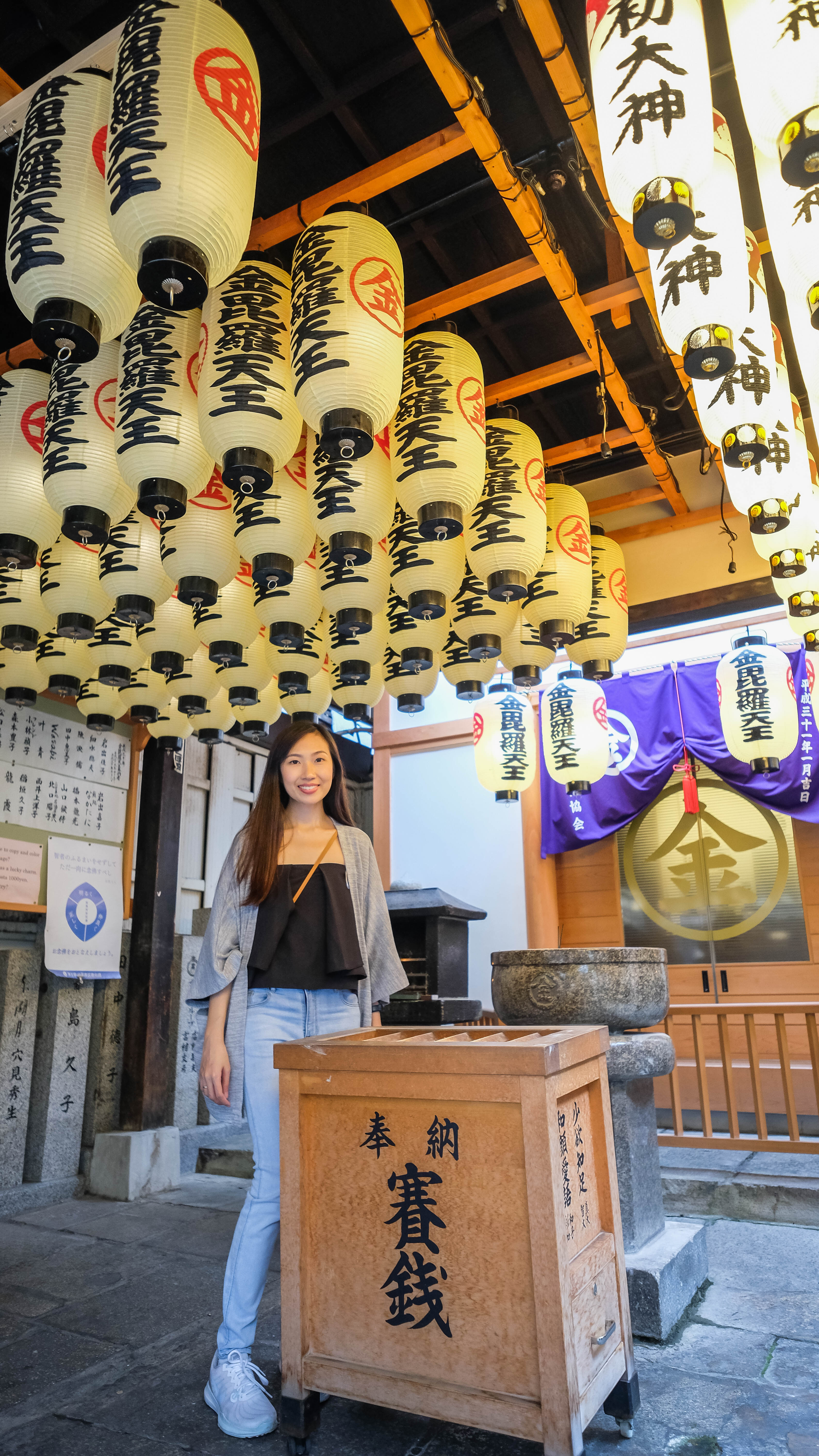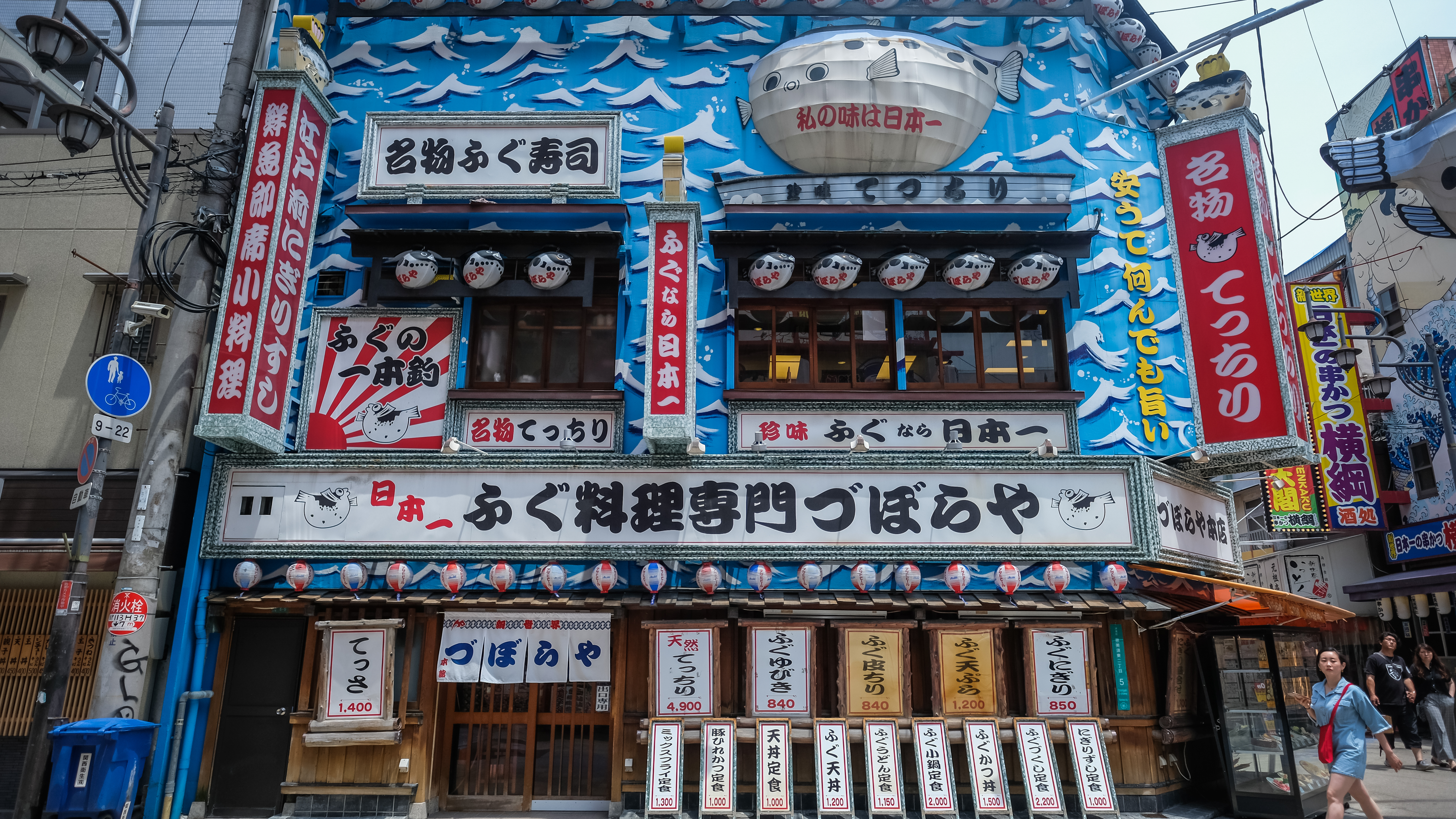We LOVE Japanese food, and it’s definitely one of the reasons why we were so excited to visit Japan, specifically Osaka. I’ve read a lot of food blogs, videos, and threads, and also received recommendations from friends. Unfortunately, with limited time and stomach capacity, we just couldn’t try them all. Anyway, we made the most of our time and had fun. In this food guide, I’m sharing the best we had in our Osaka food trip. Here’s a rundown, in no particular order. (If you haven’t yet, check out my post about the 11 places we visited in Osaka.)
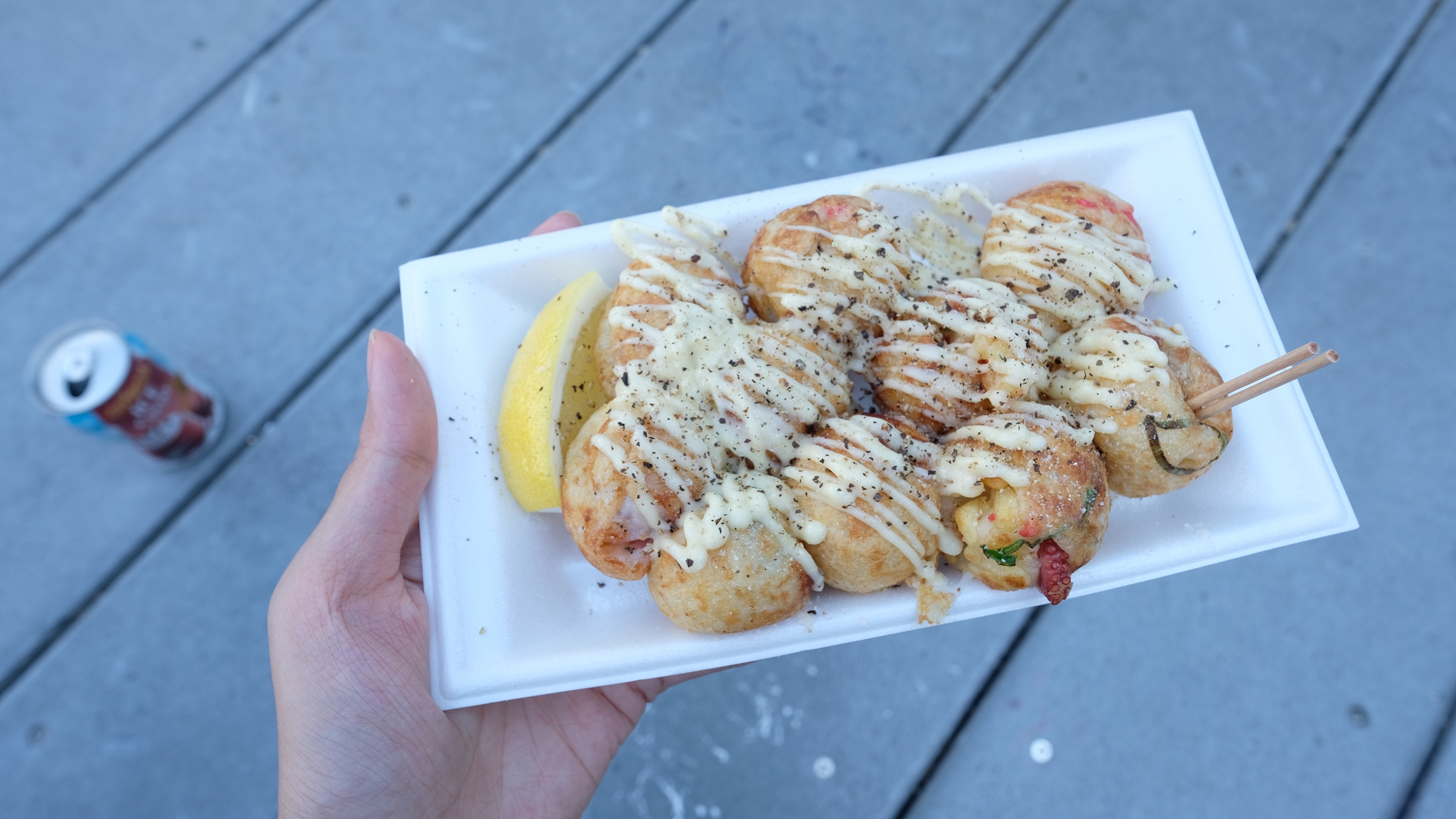
What to Eat in Osaka: 13 Must-Try Foodand Where to Get Them
1. Sushi in Kura Sushi Shinsekai
Sushi is probably the first thing that comes to mind when you think of Japanese food. There’s so many restaurants in Osaka offering and serving sushi, but we chose Kura Sushi for a conveyor-belt sushi or revolving sushi experience. We were surprised to learn that prices were so inexpensive here! We finished a total of 20 variants of sushi, with each dish having two pieces, and it cost us only ¥2000 (¥100 per dish). The simplicity, the freshness, and the presentation are all factors that contribute to eating sushi in Kura Sushi a glorious foodie experience.
https://www.instagram.com/p/ByU68jPnJv6/
2. Fatty Tuna Sashimi in Kuromon Ichiba Market
Just like sushi, sashimi is another widely available food throughout Osaka from supermarkets (Family Mart, Lawson, etc.) and budget stalls to the classy restaurants, and everything in between. We were happy with the fatty tuna sashimi we had in Kuromon Ichiba Market! If I remember correctly, price was ¥1600. I know that seems extreme for a few pieces but these were exceptionally good quality of tuna. The marbling on this tuna was mesmerizing and so rich!
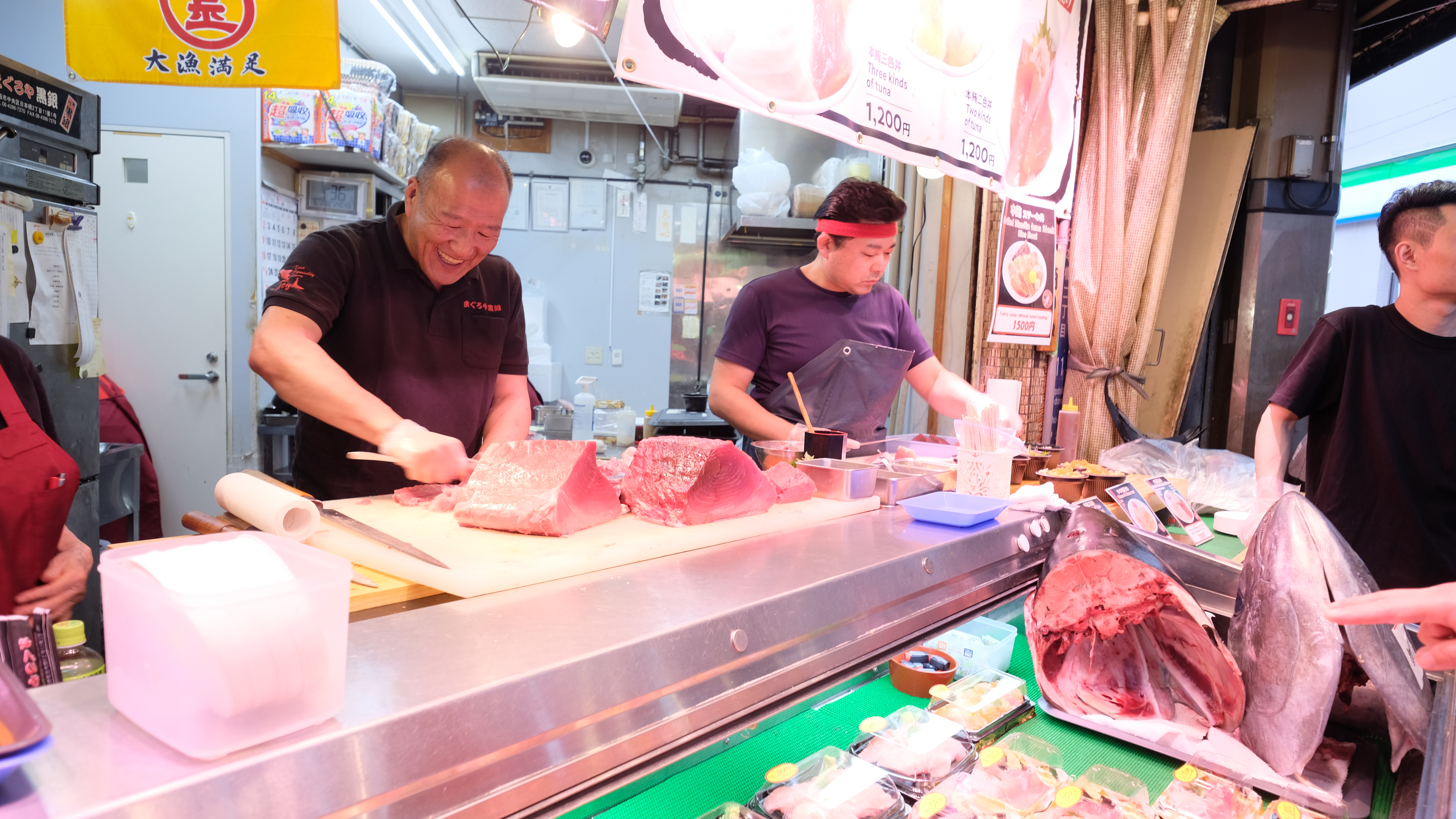

3. Matsusaka Yakiniku Beef in Matsusaka M
One night after hours of window shopping, we wanted to sit down for a more substantial meal. A quick search on TripAdvisor led us to the top awarded restaurant, Matsusaka M which serves some seriously good Matsusaka Yakiniku Beef. Matsusakagyu Yakiniku M “Yokocho” is a winner in the 2018 TripAdvisor Travelers’ Choice awards for restaurants, ranking number 1 in Japan, and number 5 in Asia. We ordered the Matsusaka Beef DC Platter (¥27,600), which included 6 different parts of succulent Matsusaka beef and some vegetables to grill. Everything was excellent. Service was friendly and top-notch.
https://www.instagram.com/p/BynL-DTnoFN/
4. Kobe Beef and Wagyu Beef in Kuromon Ichiba Market
Wagyu beef and kobe beef as street food? Yes, it’s possible, in Japan! We were so curious how the kobe beef tastes like since it’s super expensive as compared to wagyu beef. At ¥2500, the kobe beef skewer was delicious – that’s all tender-licious beef right there, but I think we all agreed that we liked wagyu beef more. One skewer of wagyu beef set us back ¥1000 and it was worth the money.
https://www.instagram.com/p/ByNIIitHxru/


5. Mixed Okonomiyaki and Special Yakisoba in Ajinoya
Okonomiyaki is one of our favorite Japanese meals. Originating from Osaka, this pancake-style dish is crammed full of tasty ingredients and sauce and then fried. Part of the joy of eating okonomiyaki is seeing it being made right before you, and eating it socially with your friends – because it’s a lot to eat on your own (if we have the same appetite, I guess).

When in the hunt for okonomiyaki, the right place to go is Ajinoya. Why? It’s listed in the Michelin Guide to Osaka and we wanted to try something more special than the norm. We got the recommended Ajinoya’s Mixed Okonomiyaki (¥1300) which consisted of pork, octopus, shrimp, squid, a blend of ground pork and beef, and a heap of finely shaved cabbage. It’s cut into pizza-like slices and topped with bonito flakes. It was really good and fluffy, with tasty ingredients and condiments.

Since we were already there, we took advantage of our seats and ordered their Special Yakisoba (¥2470) that came also with mixed surf and turf meat and seafood: prawn, squid, octopus, beef, and scallop. It’s a unique variation of okonomiyaki with yakisoba noodles. Ajinoya in Osaka offers such a wide variety of toppings and options for their dishes that you could come back over and over and always have a different experience. Superb!


6. Black Pepper Salt Takoyaki in Kougaryu Main Store, America Mura
A “cousin” of okonomiyaki, takoyaki is almost a synonym of Osaka. These little golf ball sized batter balls stuffed with a piece of octopus are perhaps the most famous thing to eat in the city. There’s a lot of takoyaki stalls throughout Osaka, yet we chose to try authentic Japanese takoyoki in one of the most popular ones in Osaka. Kougaryu is located in Amerca Mura (American Village) and it’s said to be the originator of the “amikake mayonnaise” style of takoyaki, which has fast become the standard for takoyaki today.
Kougaryu uses carefully selected quality ingredients, including a special mayonnaise and select octopus. The dough, made with a dashi stock prepared from seven varieties of ingredients and mixed with Japanese yam, is flavorful, spongy, and addictive. We were lucky that we didn’t have to wait for more than 10 minutes to order. Their black pepper salt takoyaki, when squeezed with lemon, is so uniquely delicious!
https://www.instagram.com/p/ByZIMvMHupb/
7. Tonkotsu Ramen in Ichiran
It’s common to see a long queue in front of Ichiran in Dotonbori. Big fans of ramen can’t let it pass up! We waited for 30 minutes, and when it was our turn, we were so happy to experience paying and ordering via a vending machine and getting a ticket that corresponds to our ramen of choice.
I was surprised that Ichiran, unlike the many ramen restaurants we’ve been in the Philippines, only sells one type of ramen, and that’s tonkotsu (pork marrow). You can customize your bowl of ramen with additional toppings and side dishes. You can also choose the richness of the broth and the heat level. I chose mildly rich and mildly spicy. Taste was tad buttery and perfectly salty and creamy. The slices of chashu and a scoop of fragrant wok-fried pork made the flavor even better. All in all, it was a beautiful bowl of ramen. We had a great experience eating at our own cubicle at Ichiran, definitely worth waiting in line to eat.
https://www.instagram.com/p/ByP83hSHFVg/
8. Tonteki in Tenjinbashi-suji
Pork lovers will delight in Osaka Tonteki. We stumbled upon this restaurant online when we were looking for a good place to eat in Tenjinbashisuji, Kita. Osaka Tonteki offers an English menu with food photos, so there’s no problem even if their staff could speak only limited English. Tonteki translates to “pork steak,” and really, your eyes will pop out for that glistening glove of pork they serve.
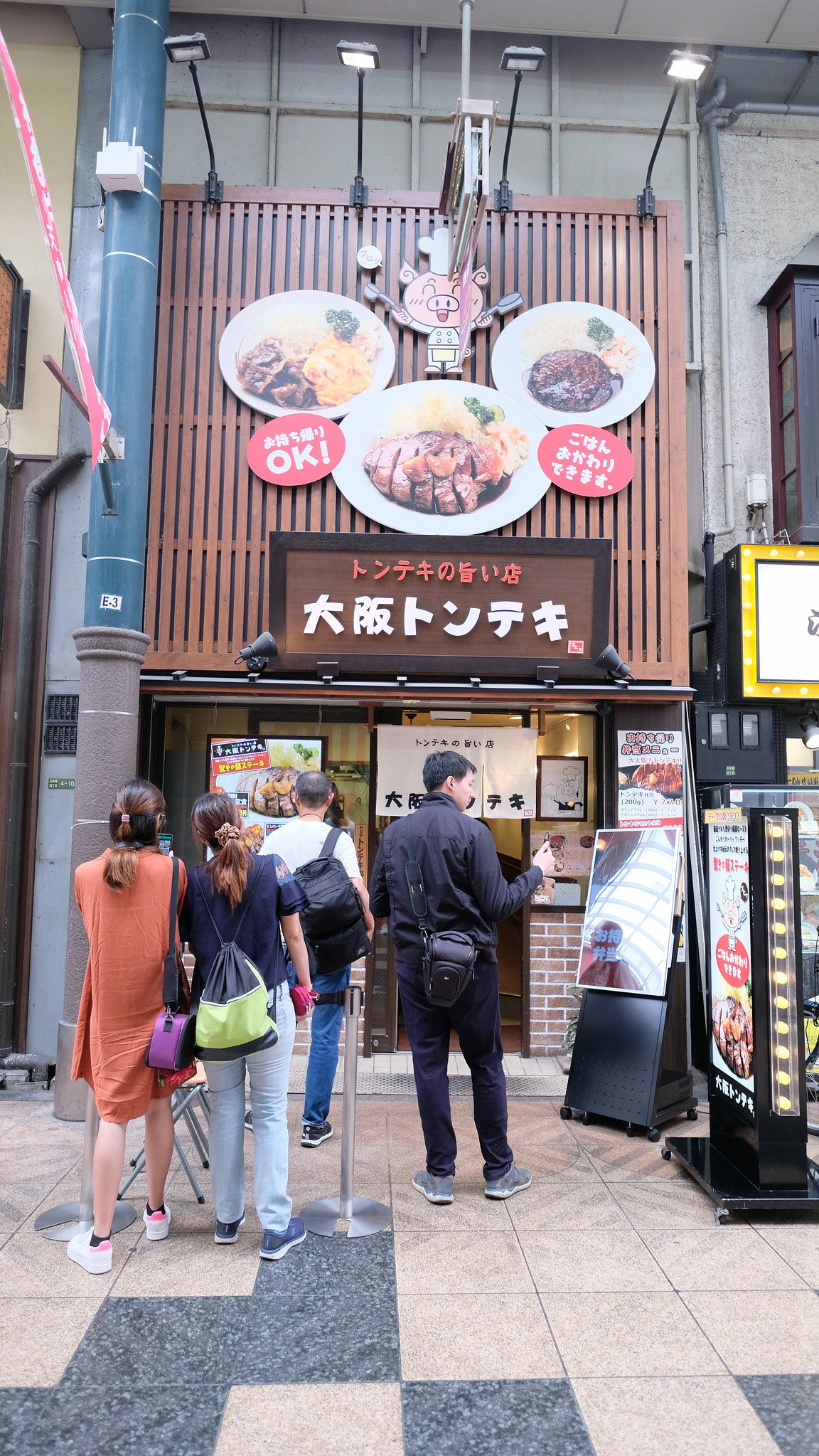


Osaka Tonteki is known for its thick slab of pork that’s cooked and caramelized in a fantastic sauce with a blend of soy sauce, sake, and mirin. A set meal consists also of rice (seconds are free), miso soup, and cabbage on the side. While my mom, husband, and sister went for the slab of pork, I got the pork hamburger (Ton-baagu トンバーグ) which was super good. No regrets!
https://www.instagram.com/p/By7qt0-HUvW/
9. Black Sesame Soy Milk Ice Cream in Kuromon Ichiba Market
I love matcha ice cream in Japan but black sesame is another interesting flavor I’d been wanting to try. The black sesame soy milk ice cream available in the Information Center of Kuromon Ichiba Market has a pleasant nutty flavor. It’s a refreshing alternative to the overly sweet, candy-filled ice cream flavors. If you haven’t tried this before, I encourage you to be adventurous. 🙂 It’s seriously tasty!
https://www.instagram.com/p/ByMdEoyHuuV/
10. Kushi-katsu in Shinsekai
If you’re in Shinsekai, try kushi-katsu. Kushi refers to the traditionally bamboo skewers and katsu refers to a deep-fried meat cutlet. Cut into bite-sized pieces, the ingredients are put on a bamboo skewer, coated in batter, and then deep-fried.
In many kushi-katsu restaurants, there are signs about the most important golden rule when eating kushikatsu: “no double dipping.” This means that it’s not allowed to dip the kushi-katsu into the sauce for a second time once you’ve taken a bite considering hygiene.
Kushikatsu Daruma is the most popular kushi-katsu restaurant in Shinsekai and probably in most other areas in Japan. We chose to dine in another place since it’s full and we couldn’t wait to be seated. There’s a lot more options anyway.
With various selections, the menu seemed overwhelming. To save time and to be sure we get everything we wanted, we ordered the kushi-katsu set with 20 assorted pieces for ¥2,600. We had mushrooms, shrimps, quail eggs, onion, sweet potato, chicken tender, pork tenderloin, beef, chorizo sausage, crab claw, sardine, squid, cheese, eggplant, and more.
https://www.instagram.com/p/ByU0-lIHDpQ/
11. Omurice in Pomme-no-ki
Pomme no Ki (or Pomunoki (ポムの樹)) is a chain in Japan specializing in Omurice or omelette filled with rice. There’s over 40 different types of omurice so if you’re an indecisive person, you may just want to ask the staff for the best-selling one or their recommendations. 😉
https://www.instagram.com/p/ByRiP8CnTWt/
12. Curry Rice in Coco Ichibanya Honmachi
Japanese curry is an ultimate comfort food. We have Coco Ichibanya branches in the Philippines, but we were curious to find out if the taste is any different from the source. After finishing a plate of fish curry rice, I thought the curry flavor was the same. I’m happy I can go to Coco Ichibanya in our home country whenever I miss Japanese curry. There’s something about Japanese curry that just makes one warm and fuzzy inside – perhaps it’s the mild blend of curry powder, the thick rich gravy sauce, the option of a fried pork katsu cutlet, and the fresh steamed Japanese rice.


13. Beef Cutlet Takeru in Dendentown
We looked for the most reviewed restaurant in Dendentown on Google and found Beef Cutlet Takeru. No doubt, this restaurant is a hit among locals and tourists. There’s a long queue even before the restaurant opened. There’s limited seating inside but the turnover of tables was quite fast. We had great grilling experience since we were the ones who grilled and cooked our meat in a Japanese bar setting.
We each got a set meal of beef cutlet with miso soup, rice, and cabbage. Served on a plate, the raw beef cutlet (gyu-katsu) was beautifully decorated. What made us excited most was seeing the fatty marbling in the meat. The beef was super tender, and it was so delicious in medium rare, medium well, and even in well form. There’s little to no seasoning required, but seasoning such as salt, sesame oil, shoyu, and sweet wasabi were provided on our table. It was one of the best meals in our whole trip. The reviews were true and we can say the same: Beef Cutlet Takeru serves high quality beef that’s unbelievably juicy with a depth of flavor that you’ won’t forget! 🙂
https://www.instagram.com/p/ByMaaKNH5Nv/

